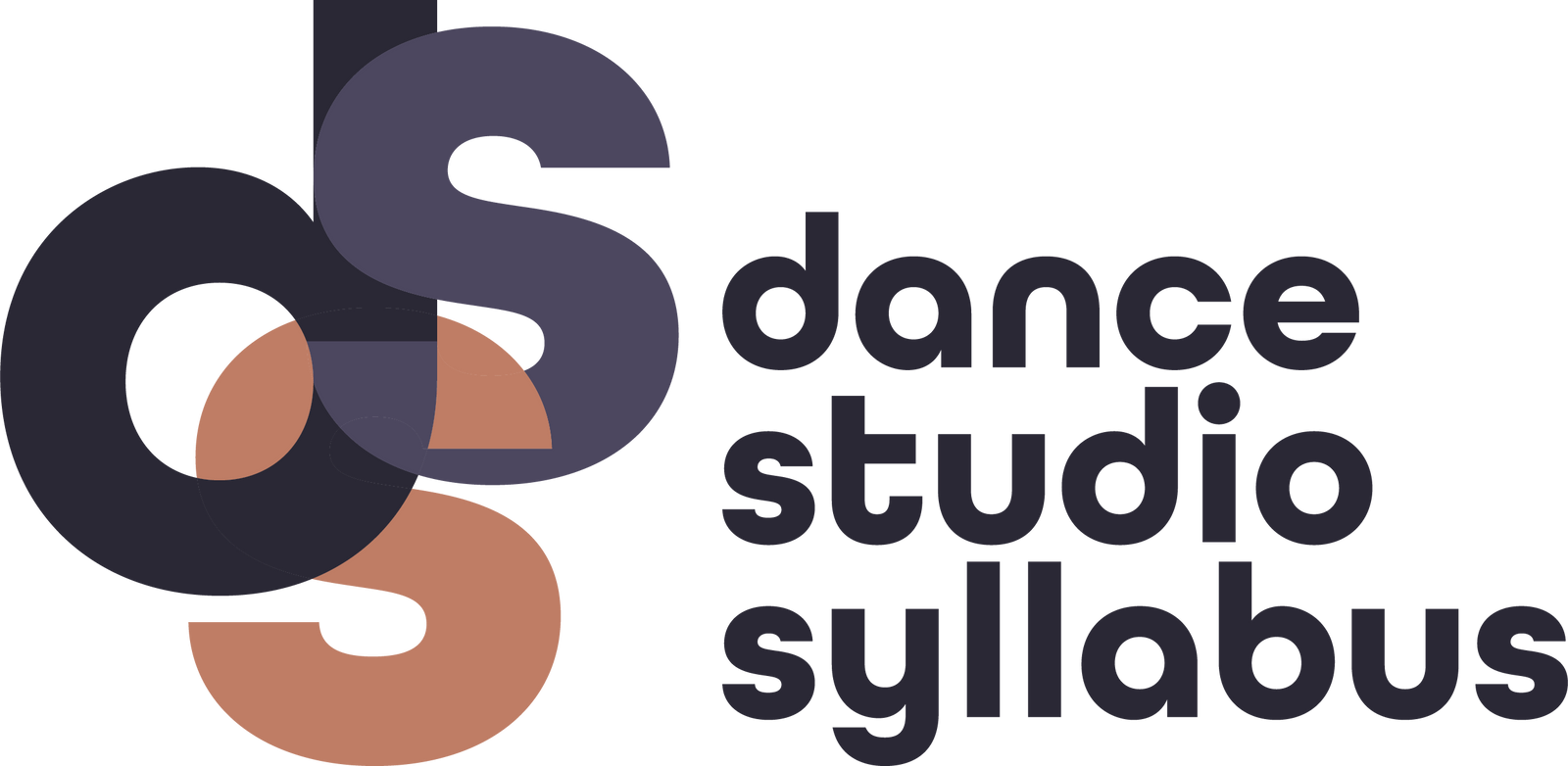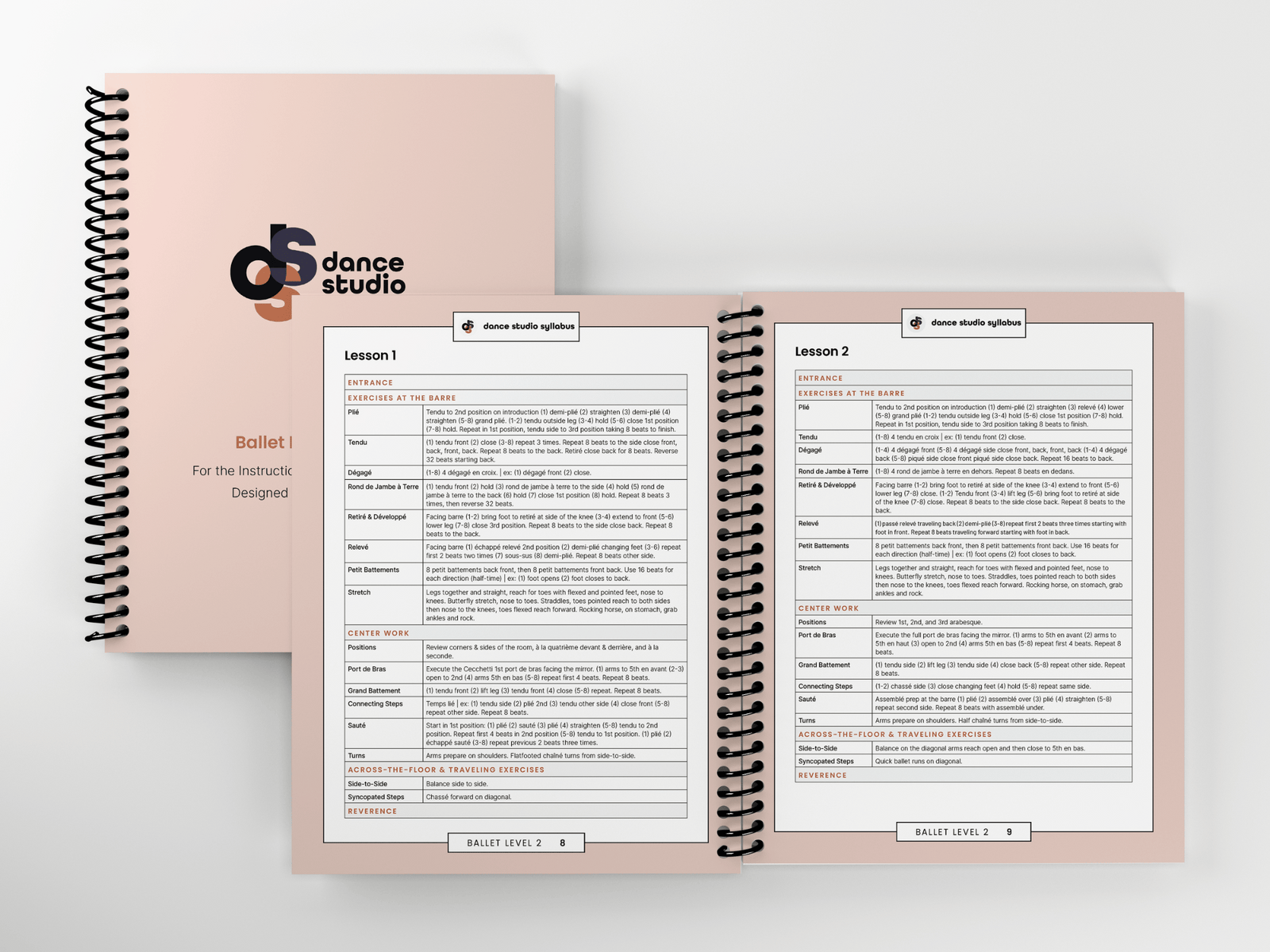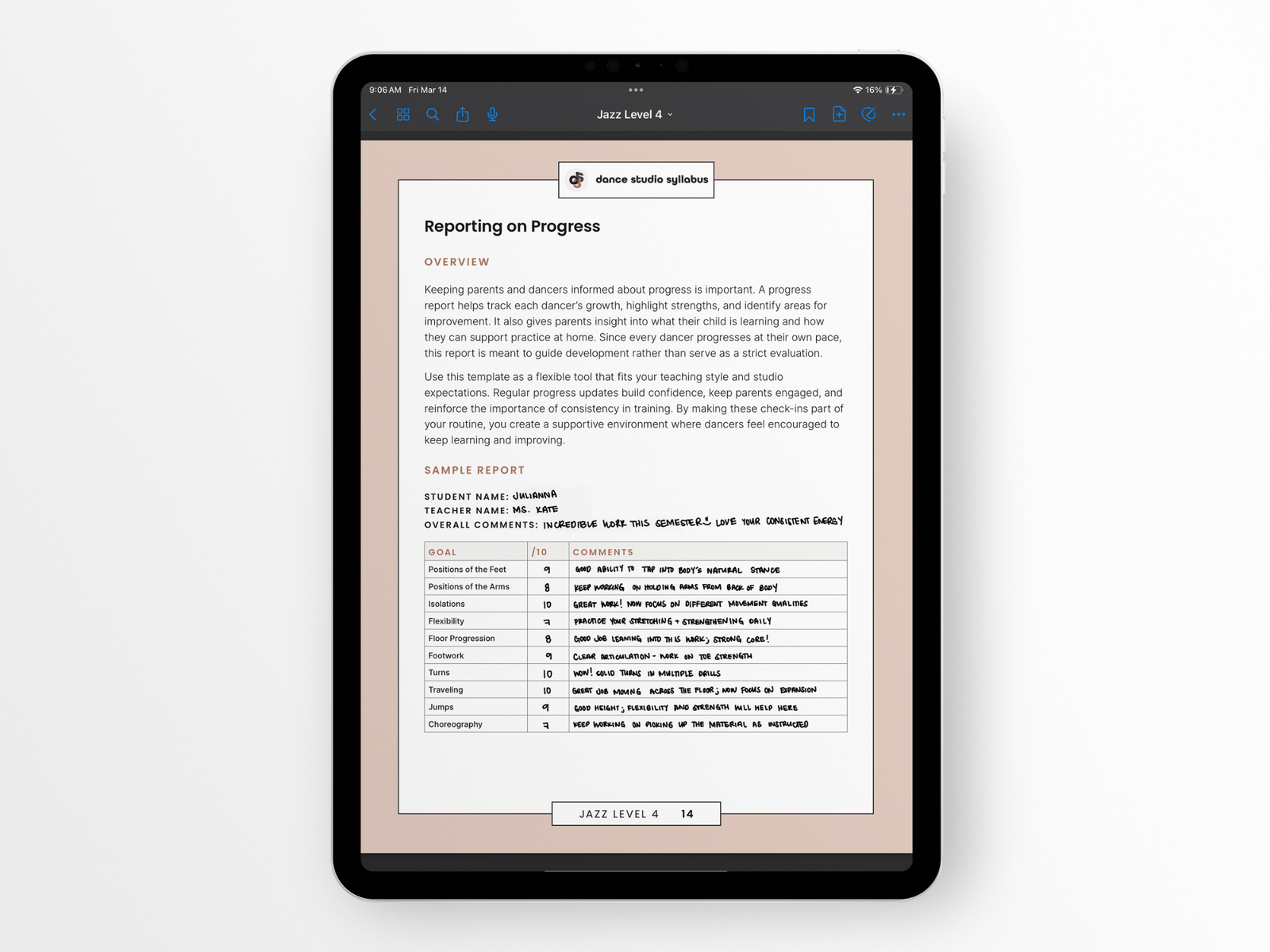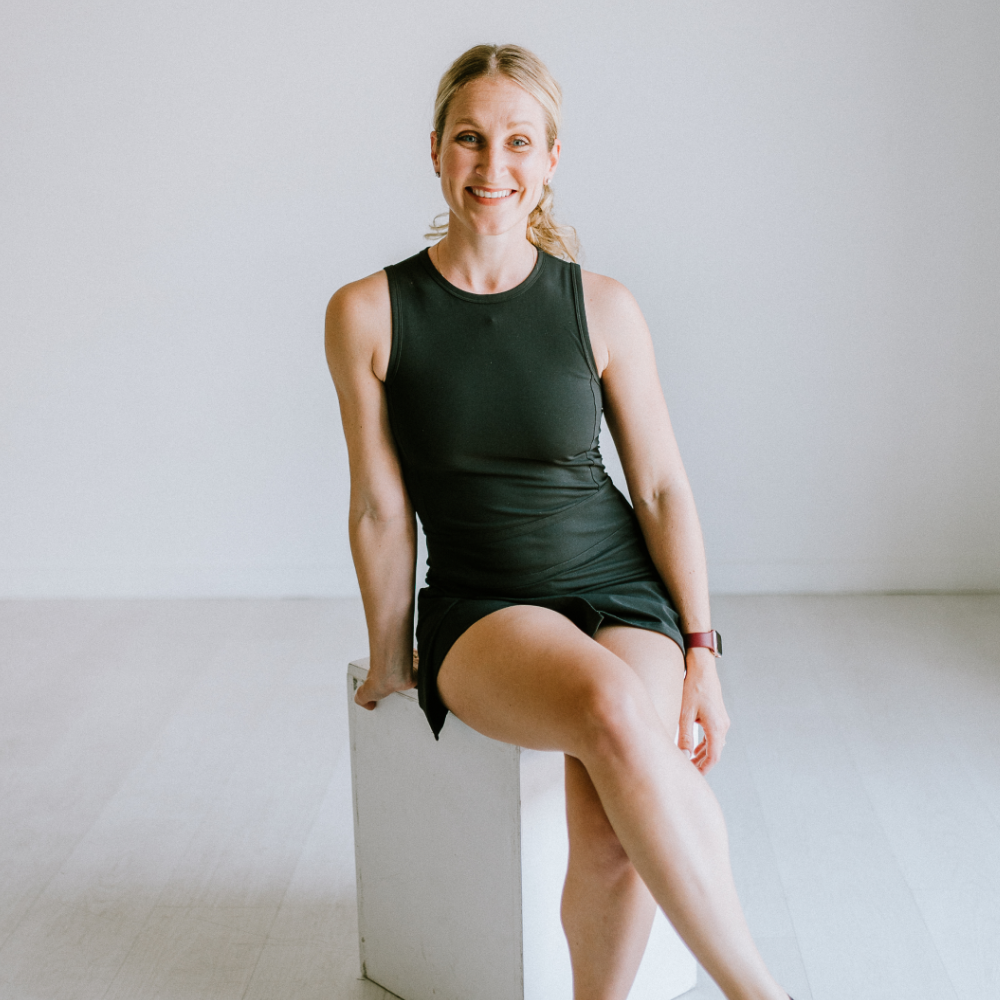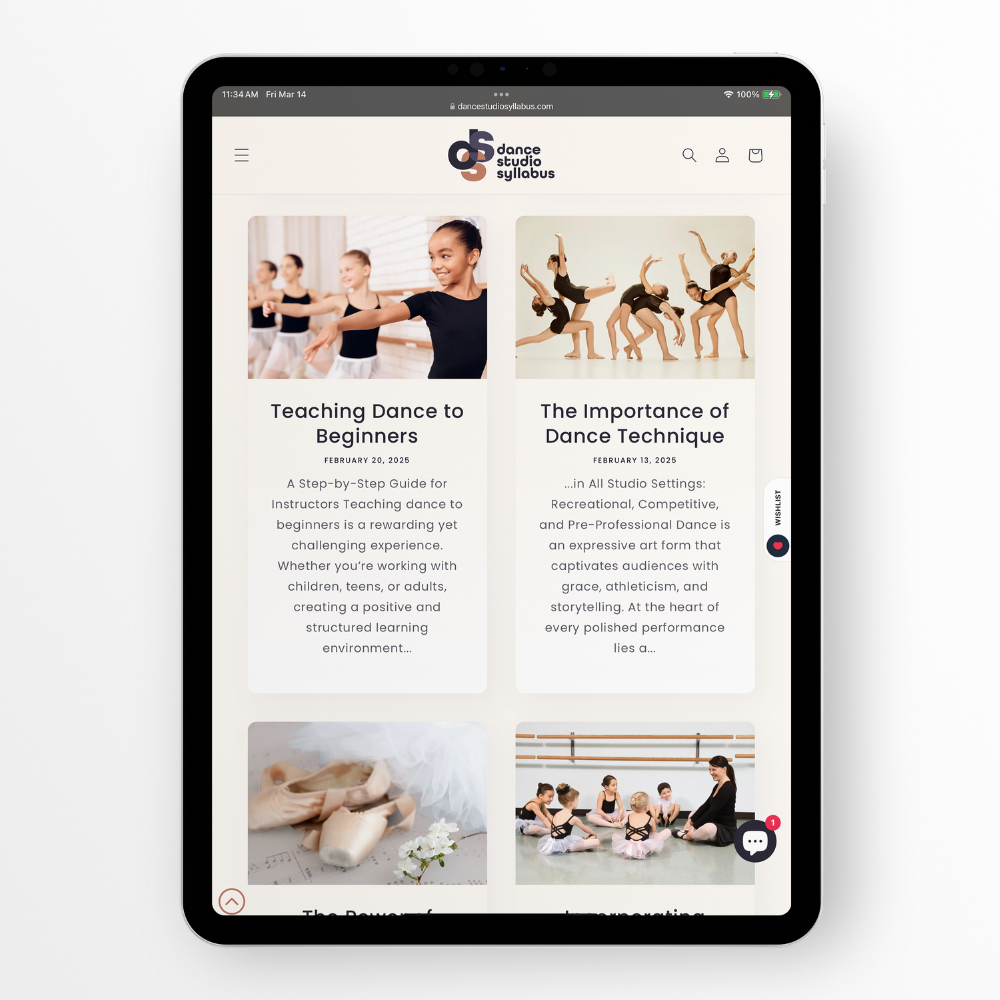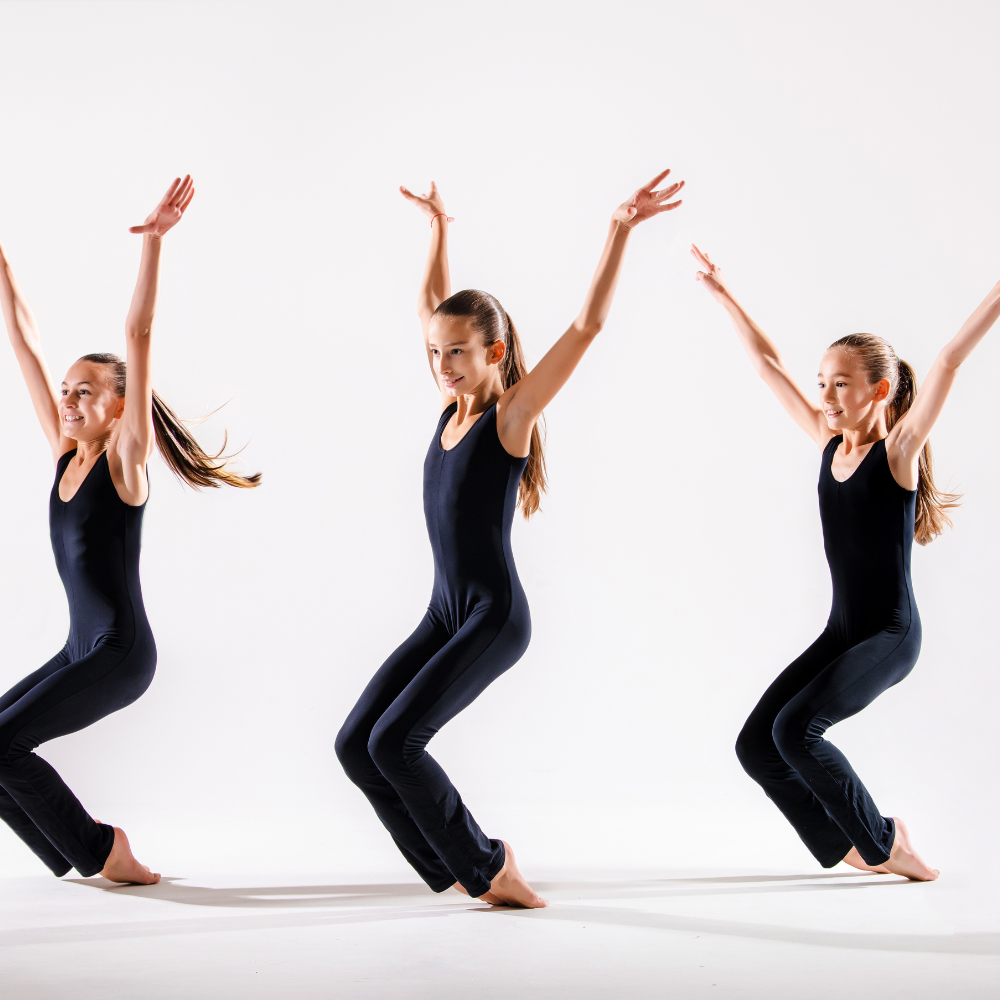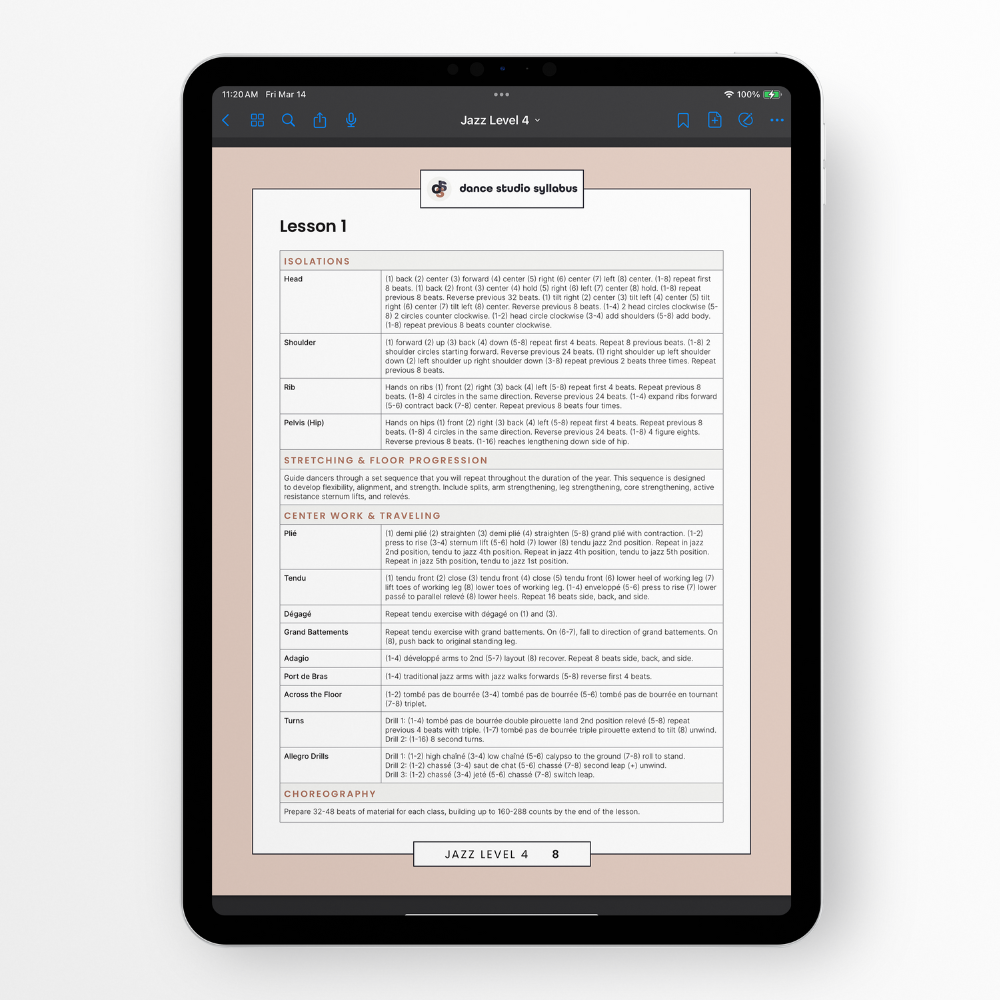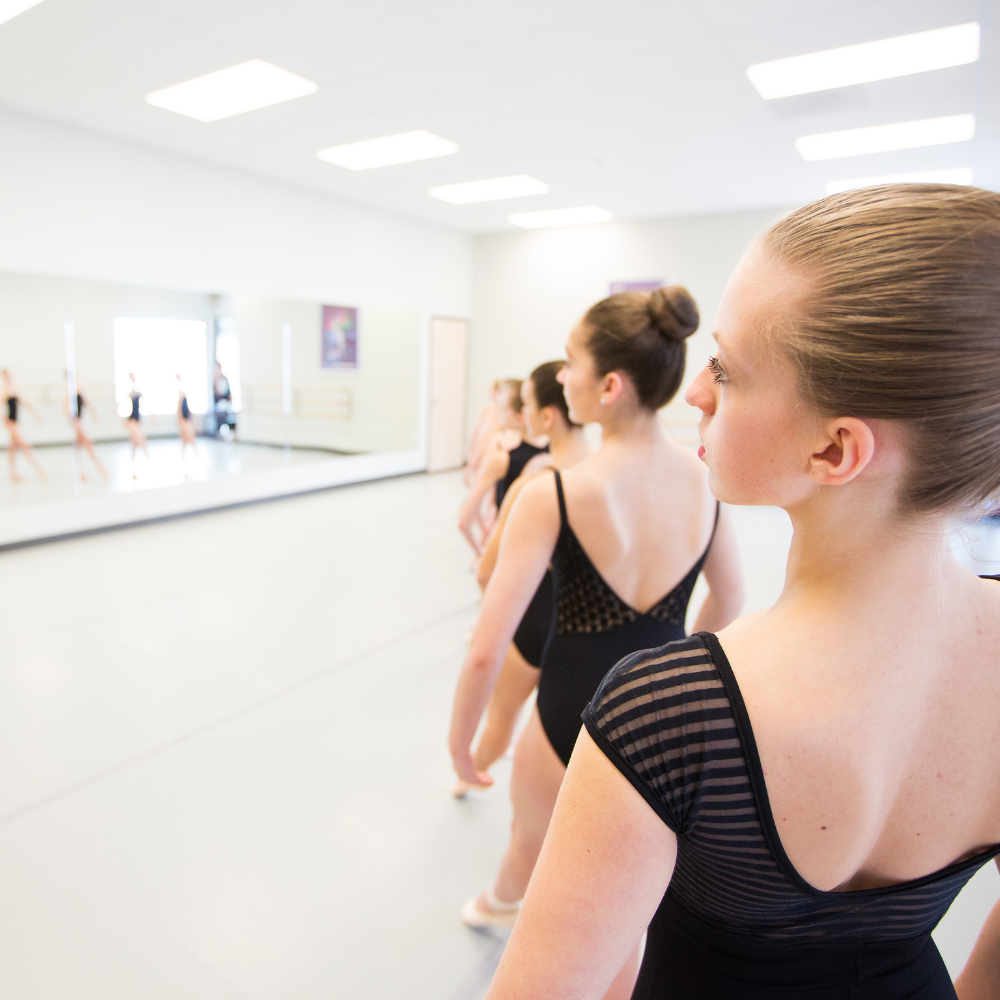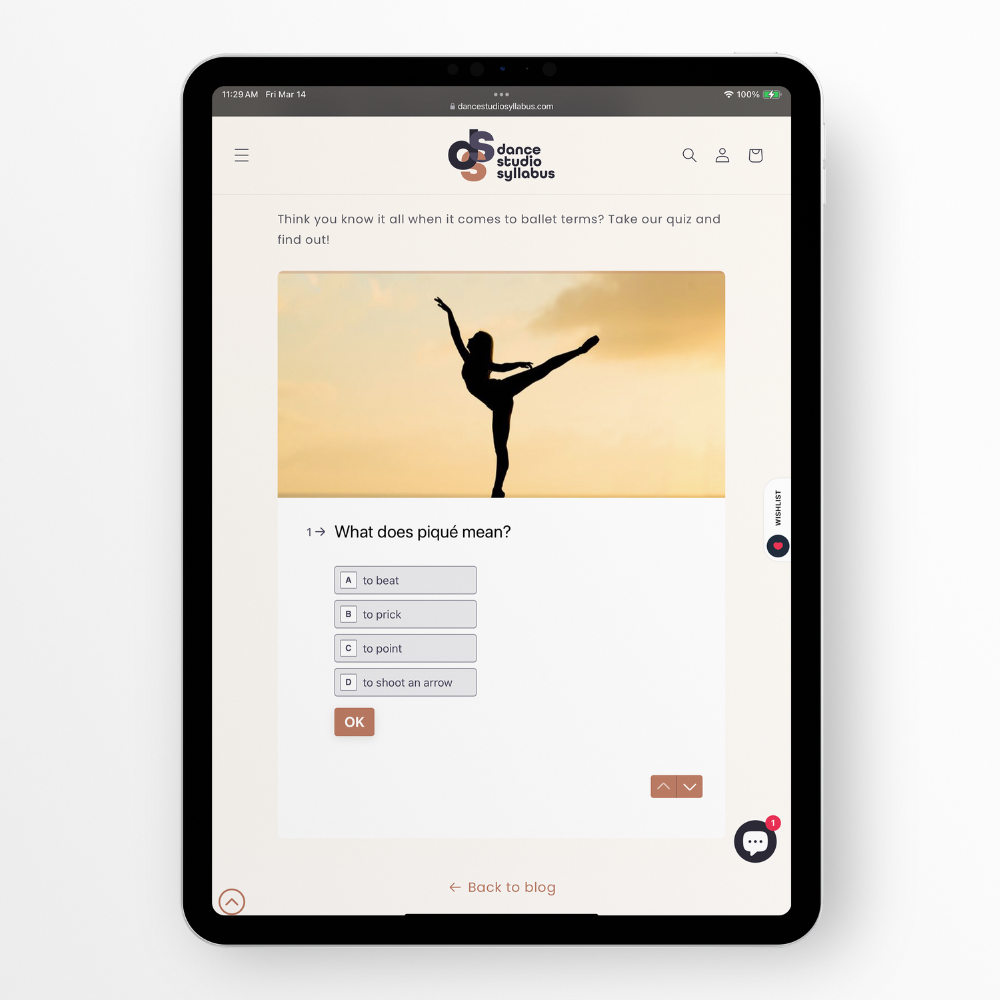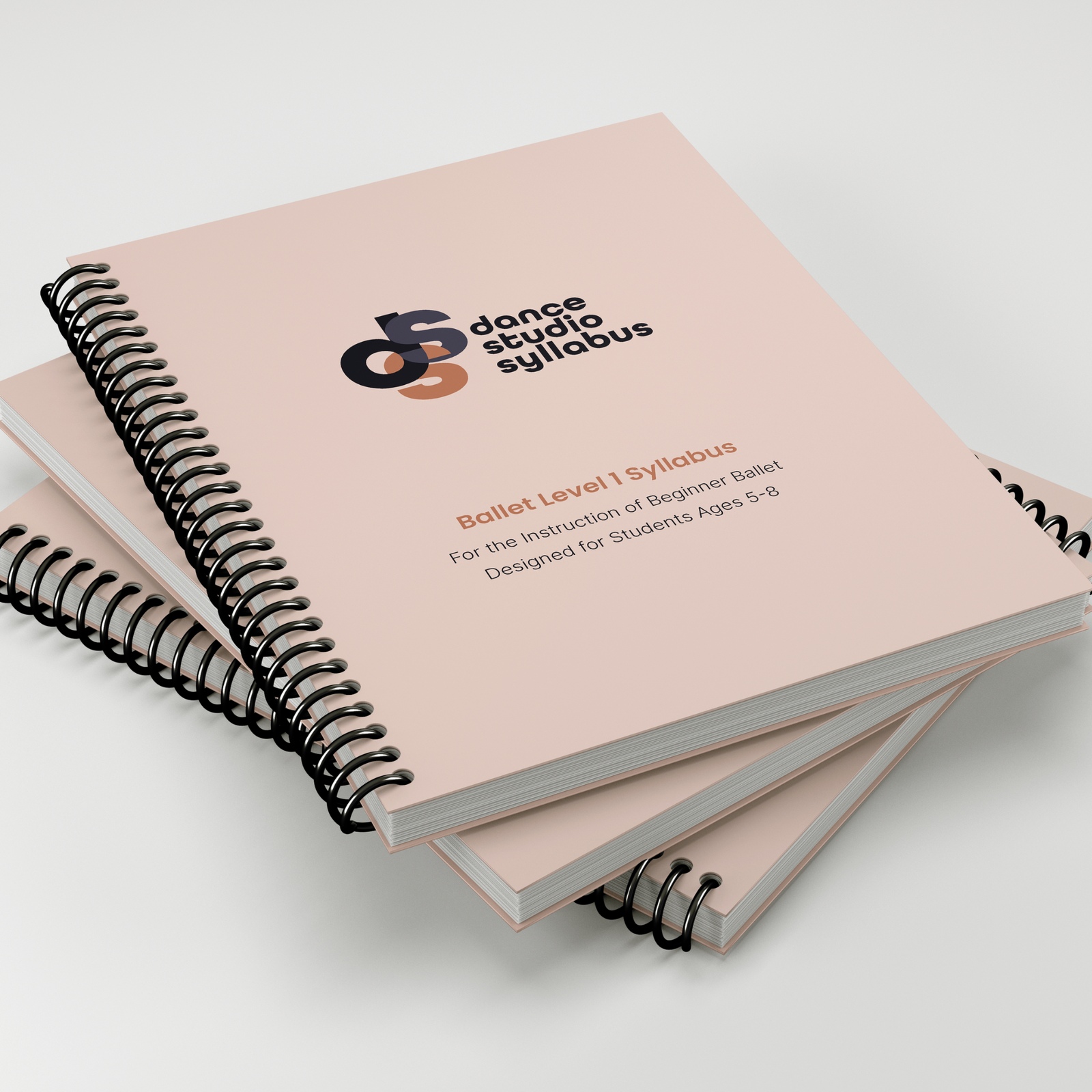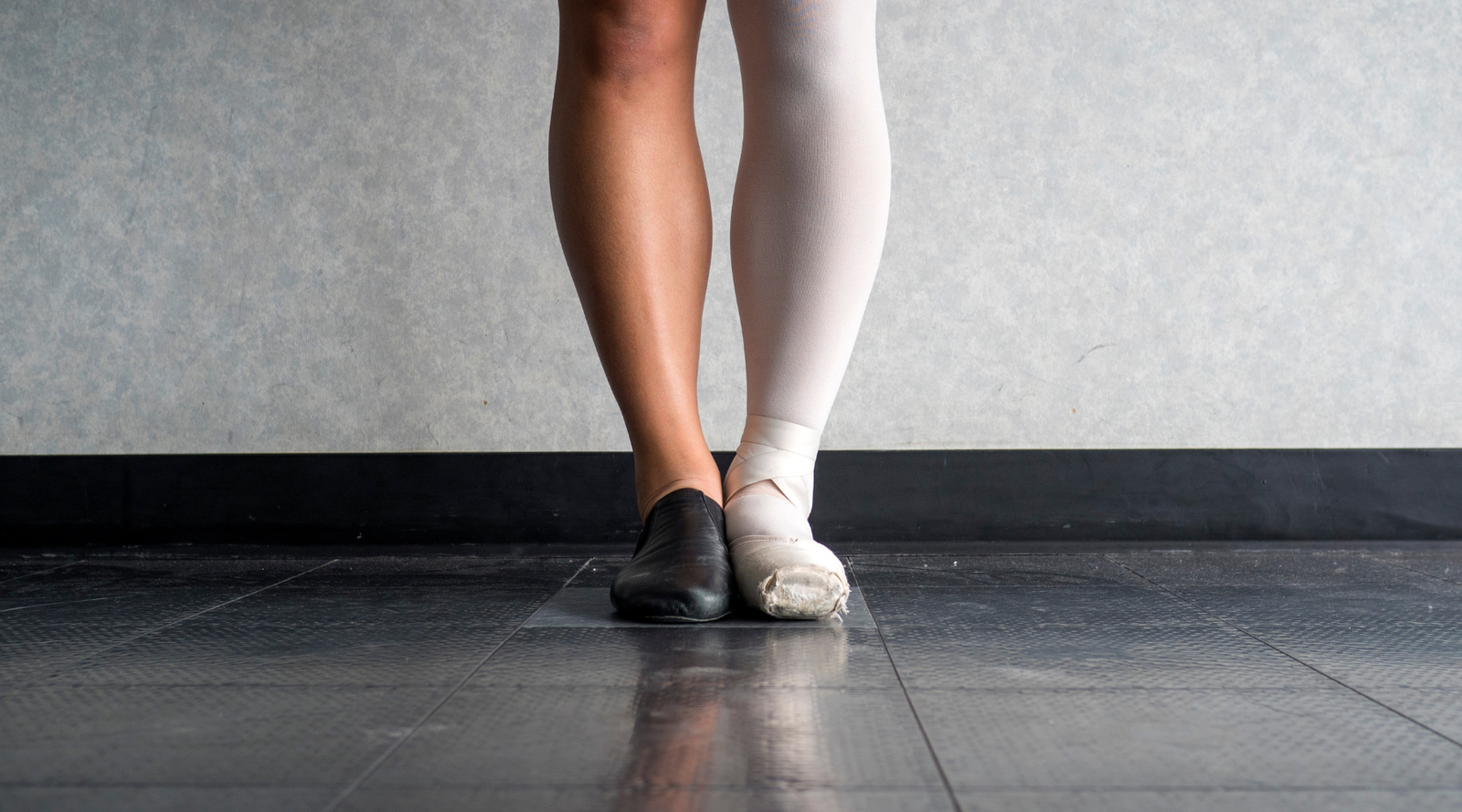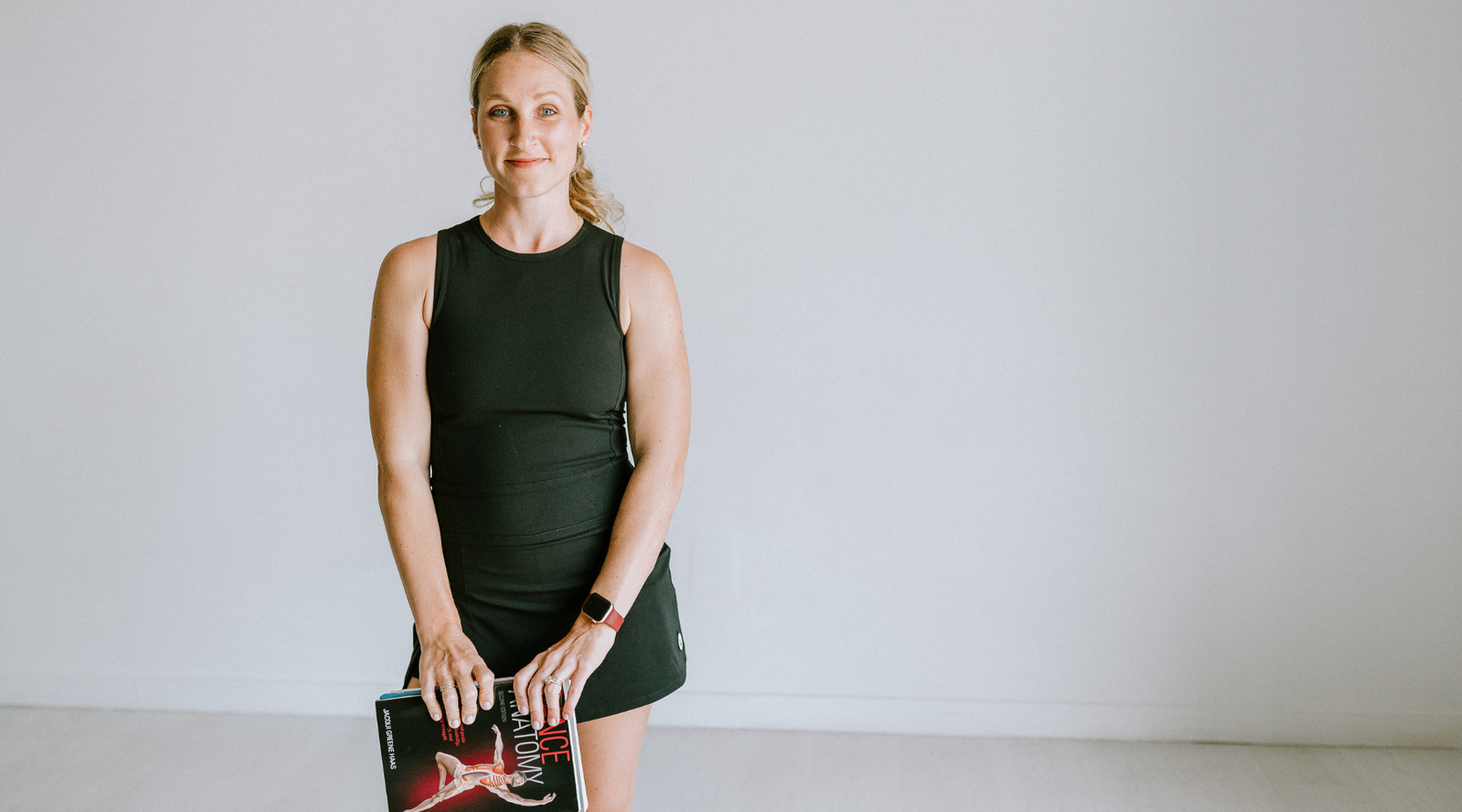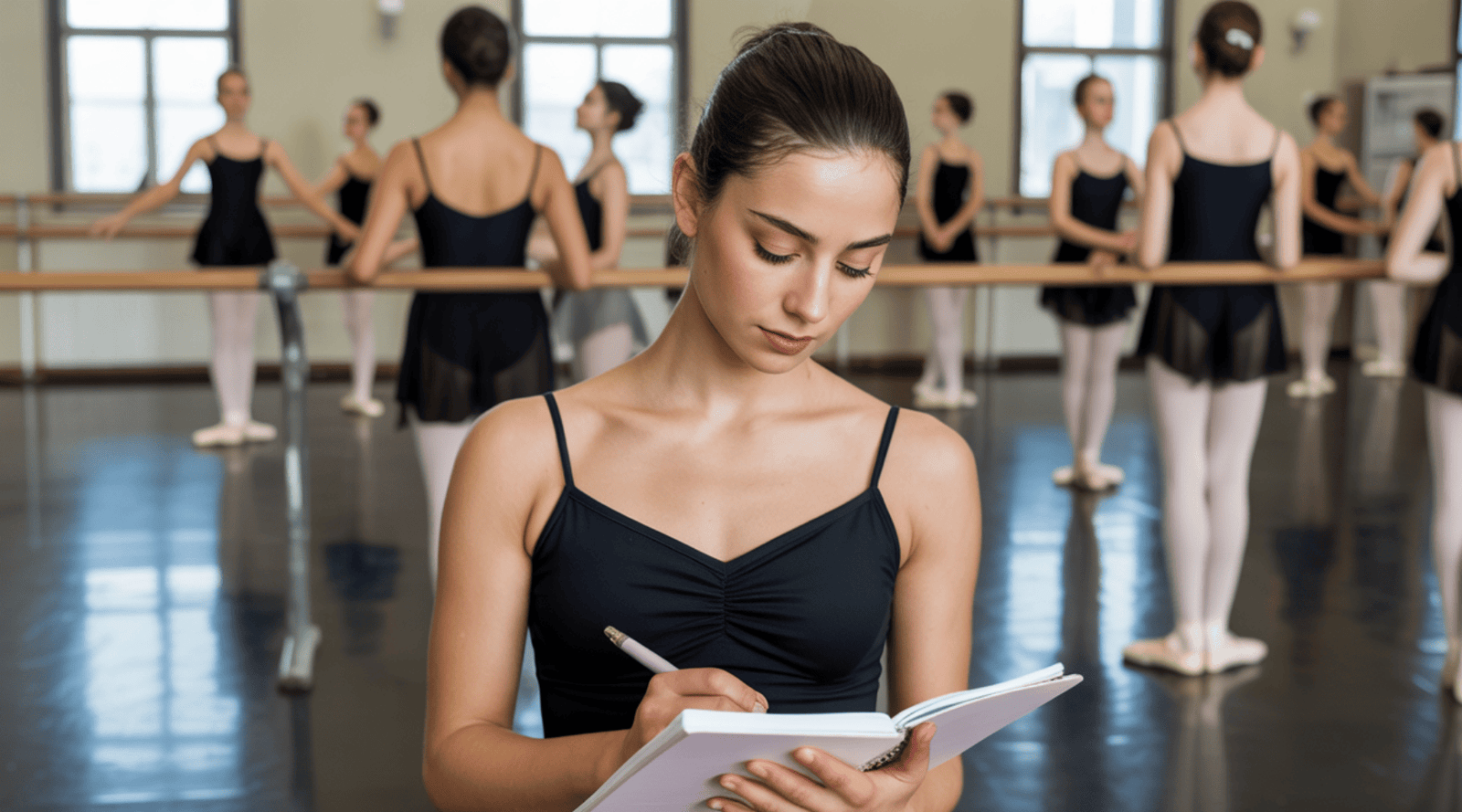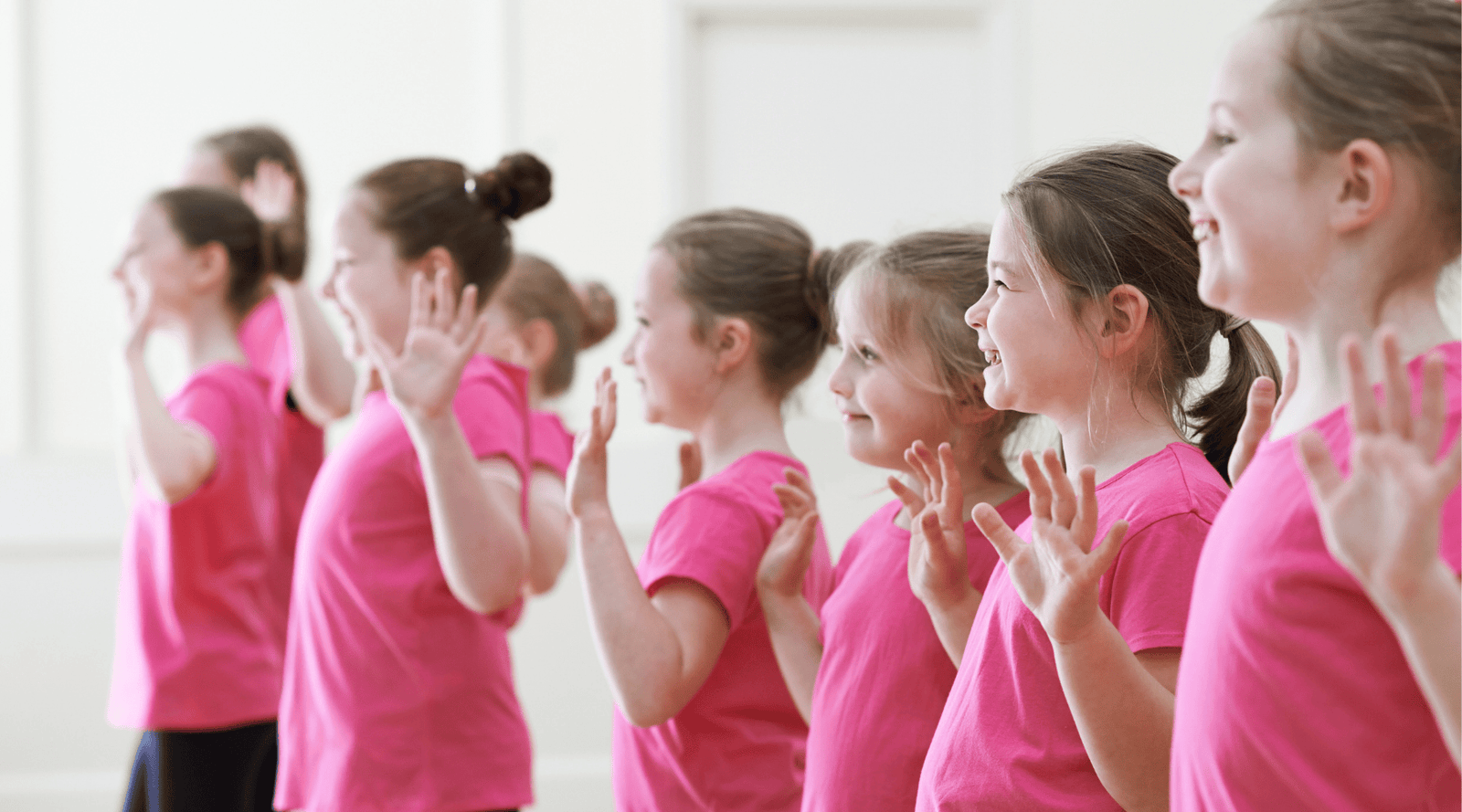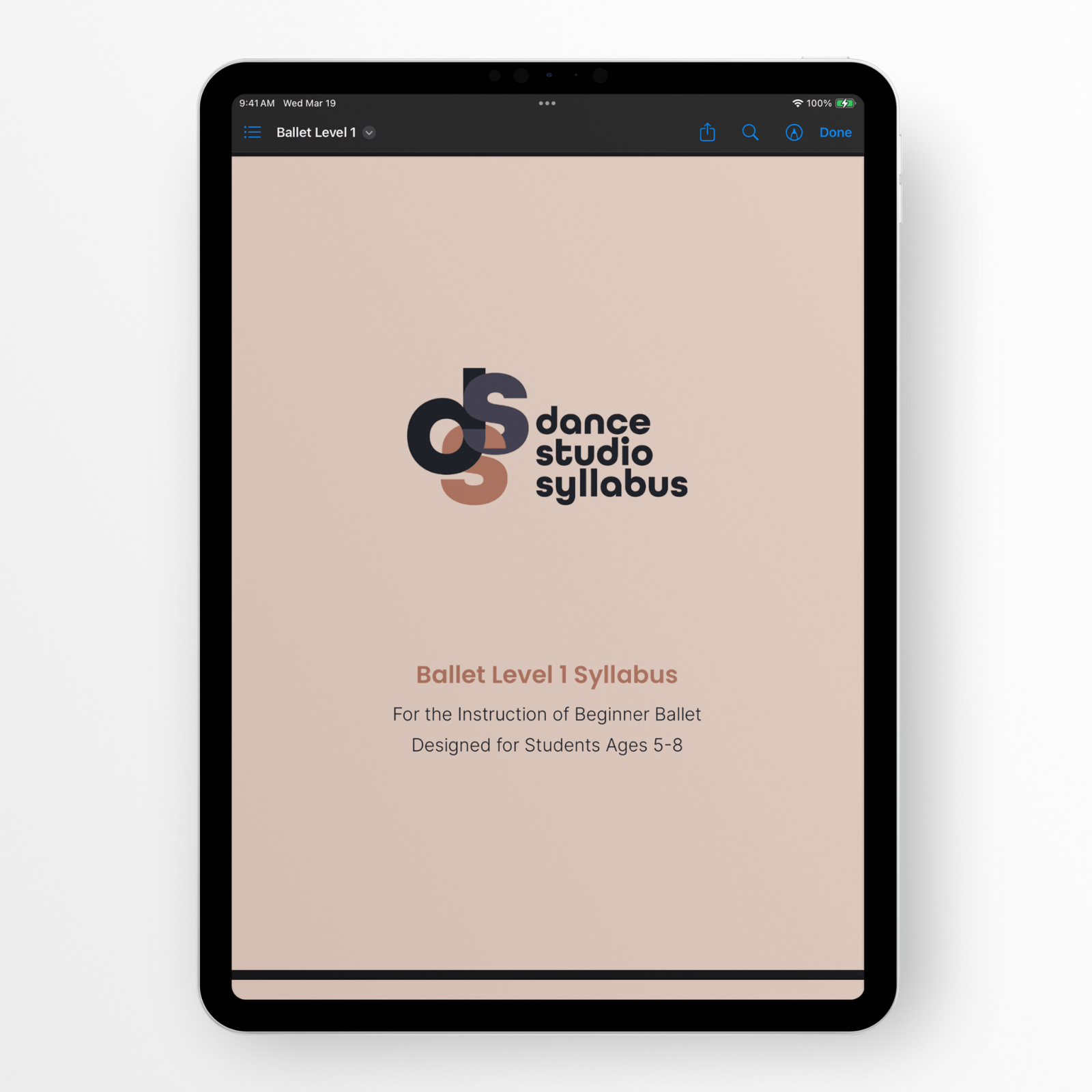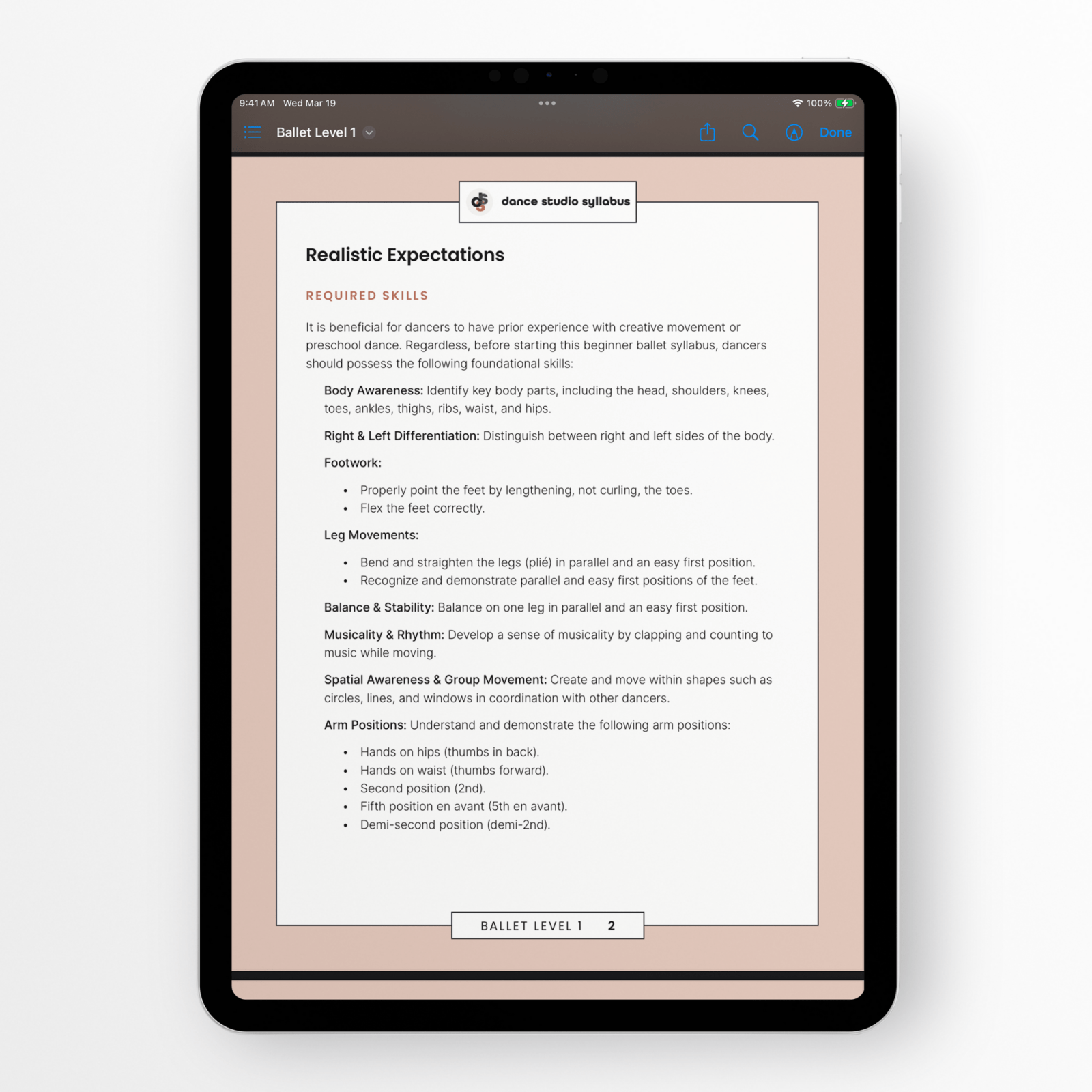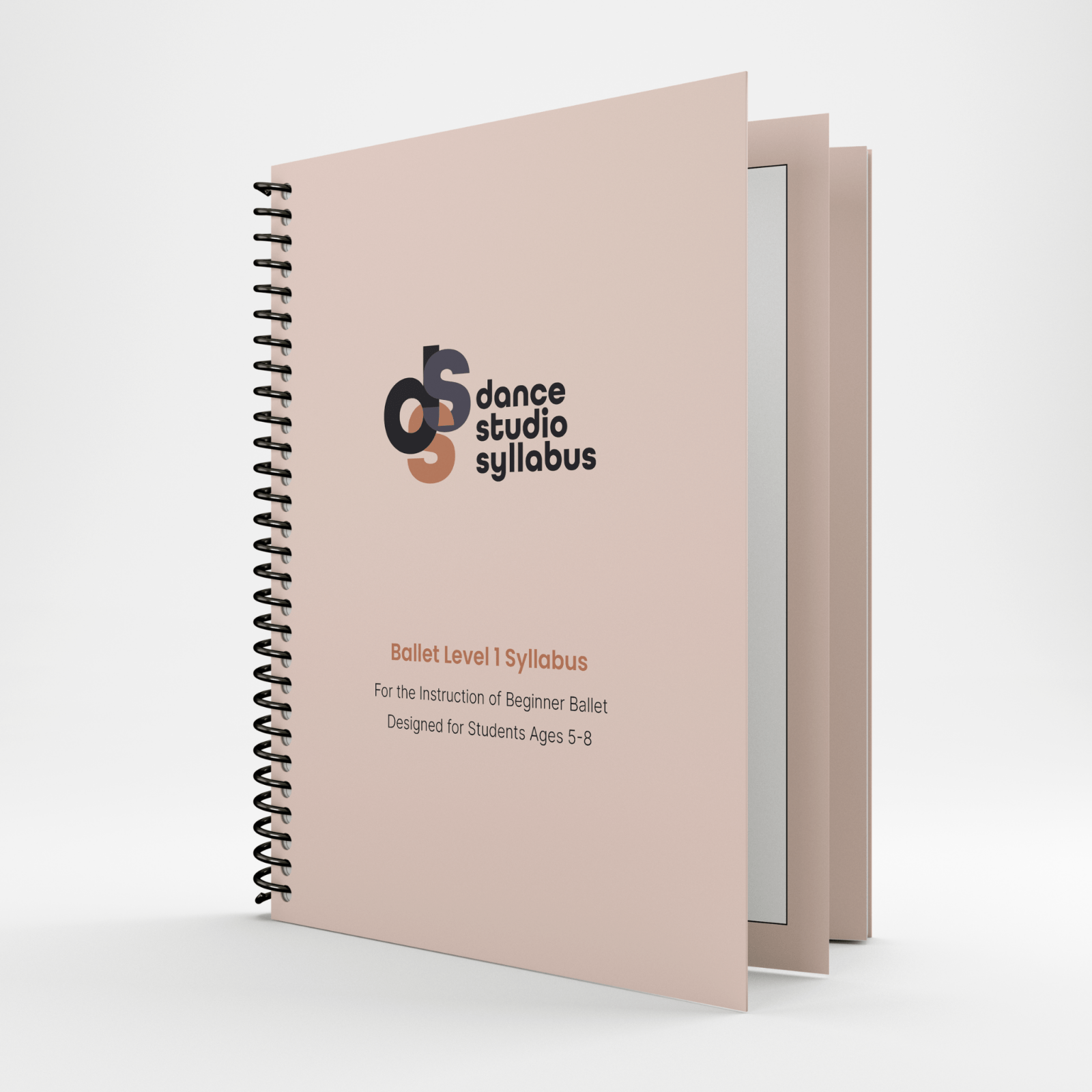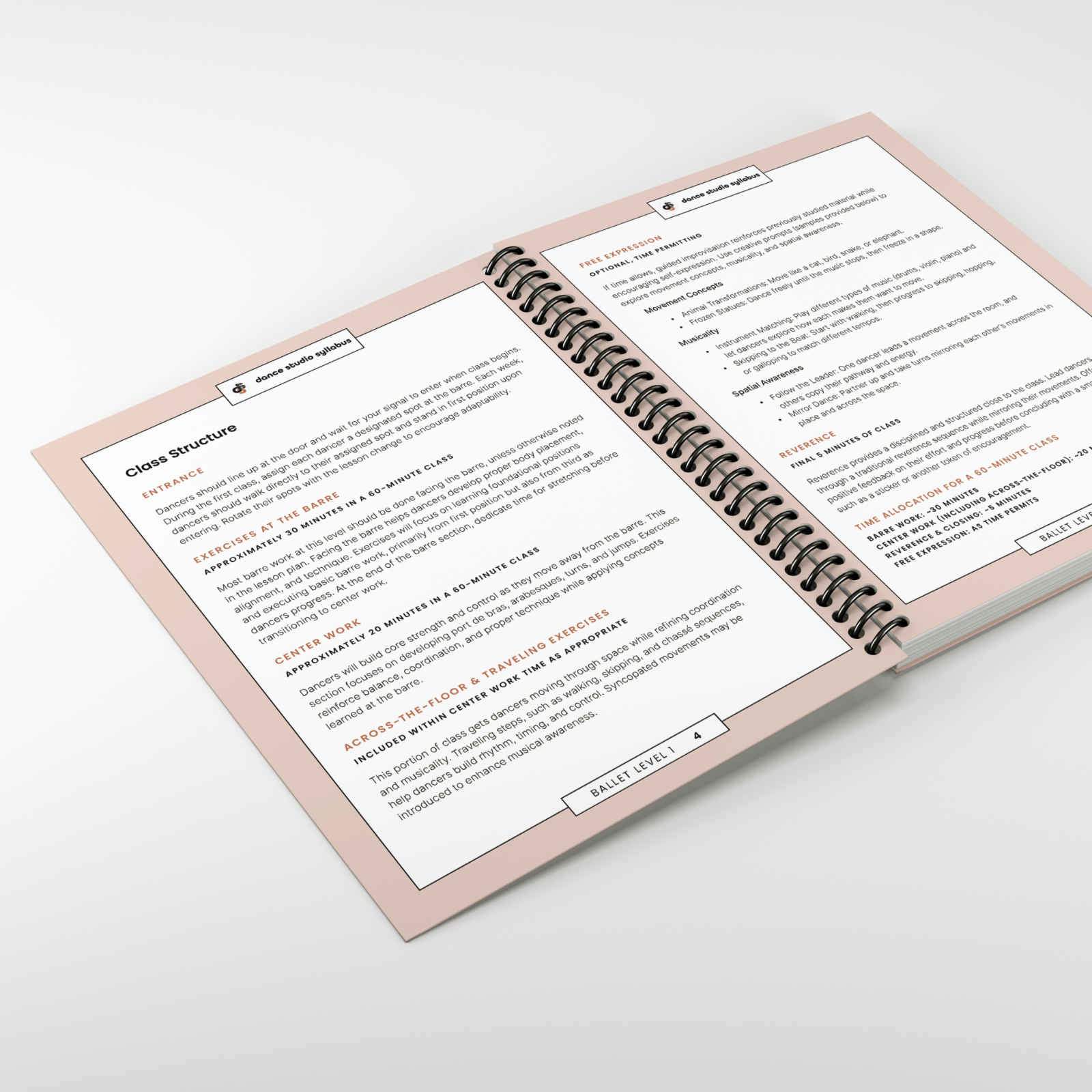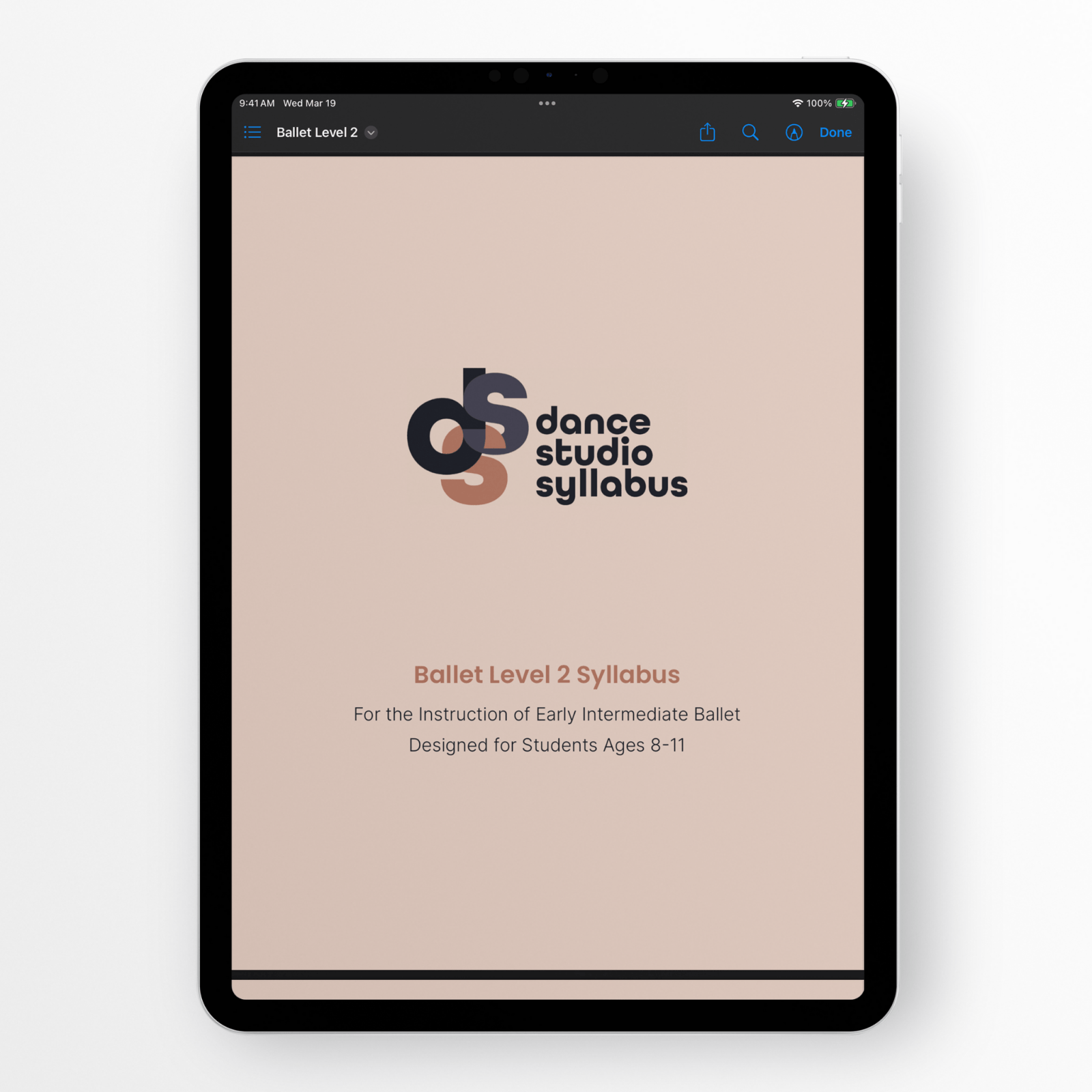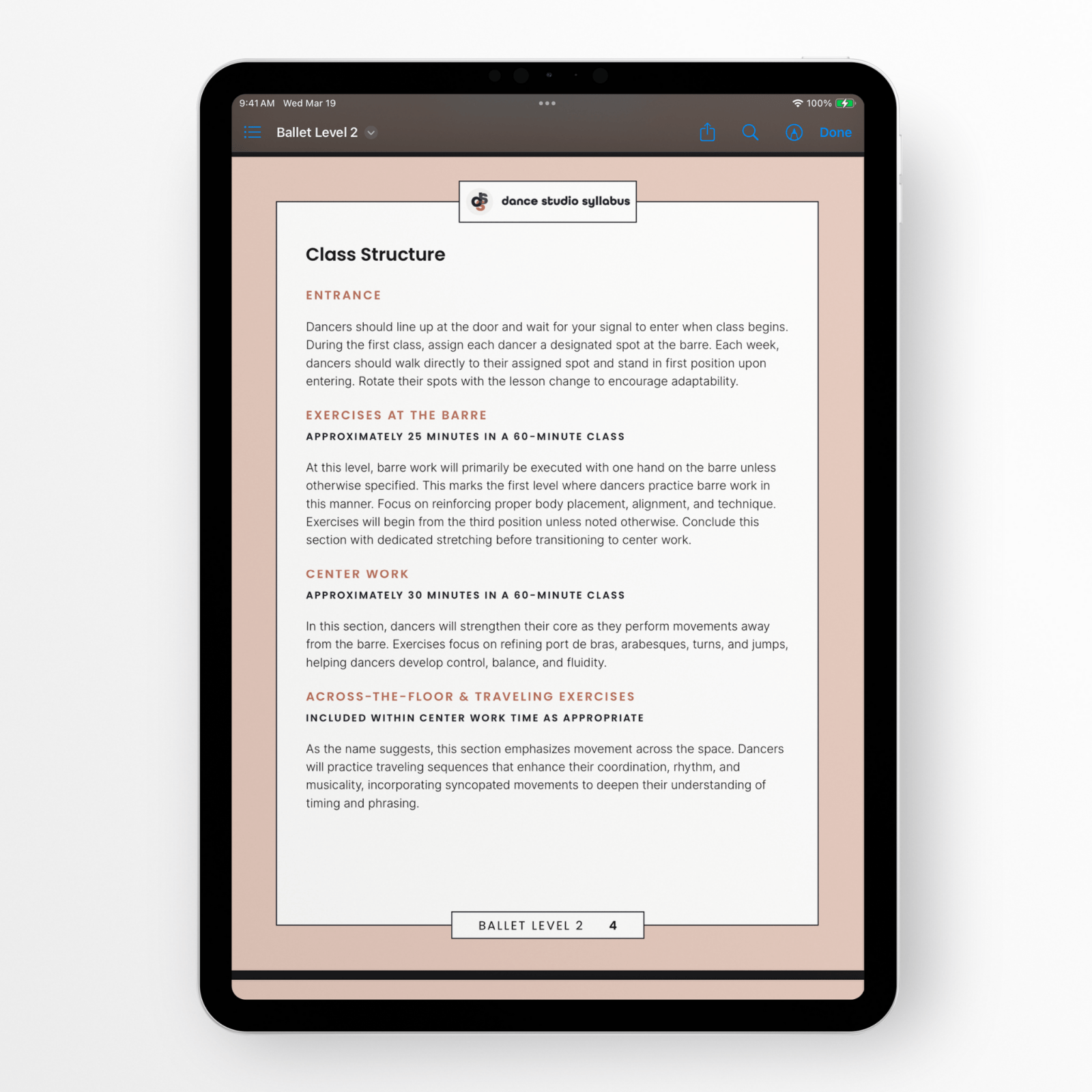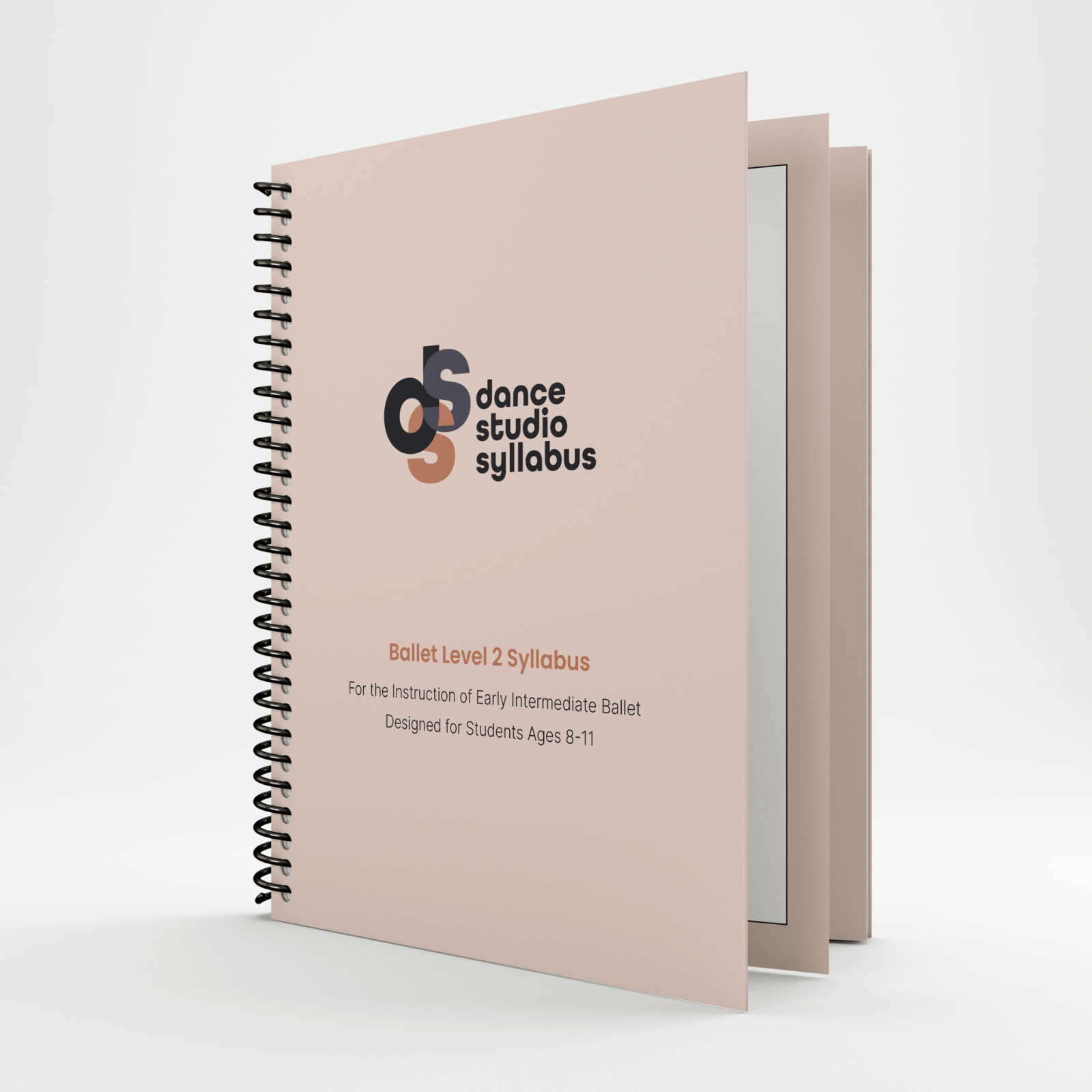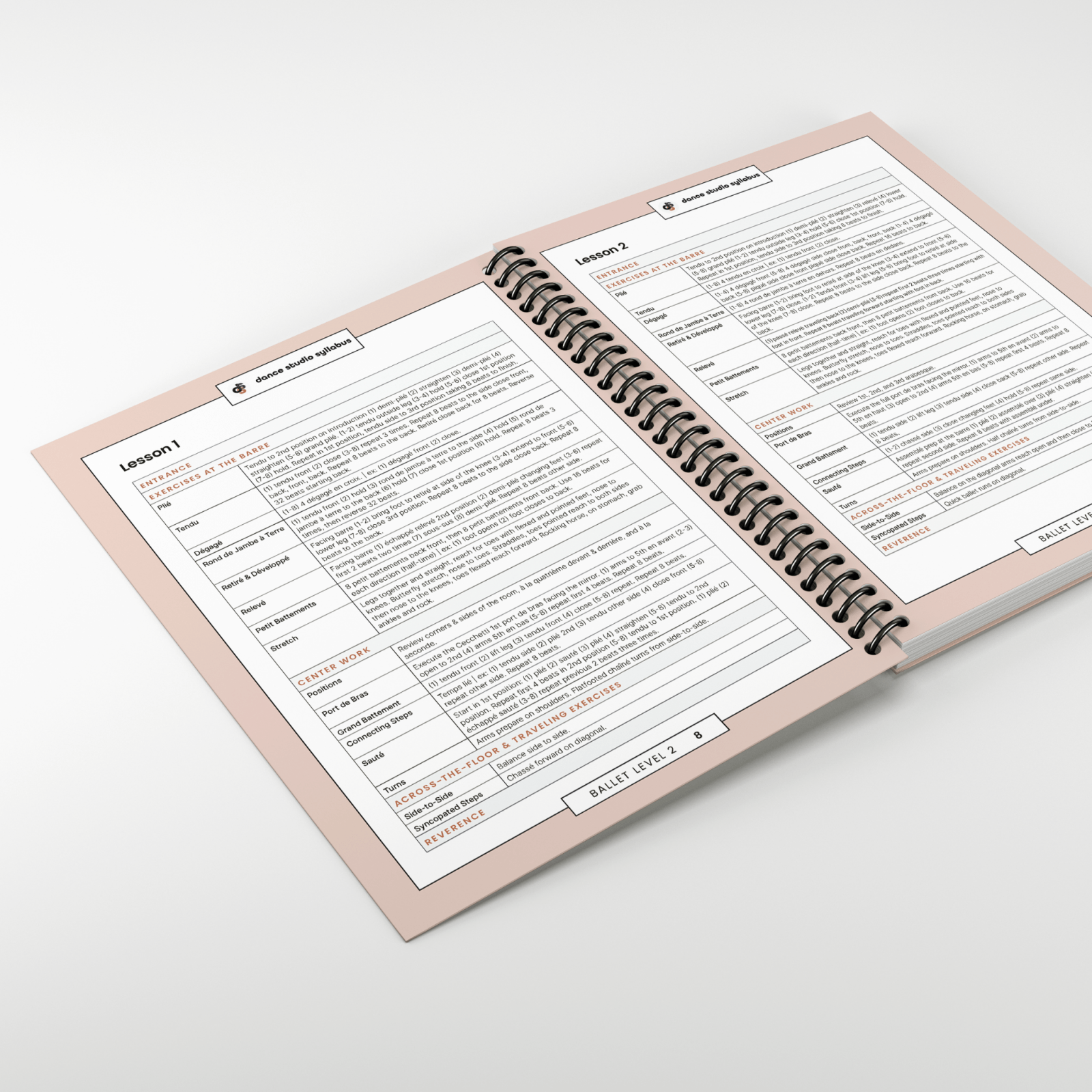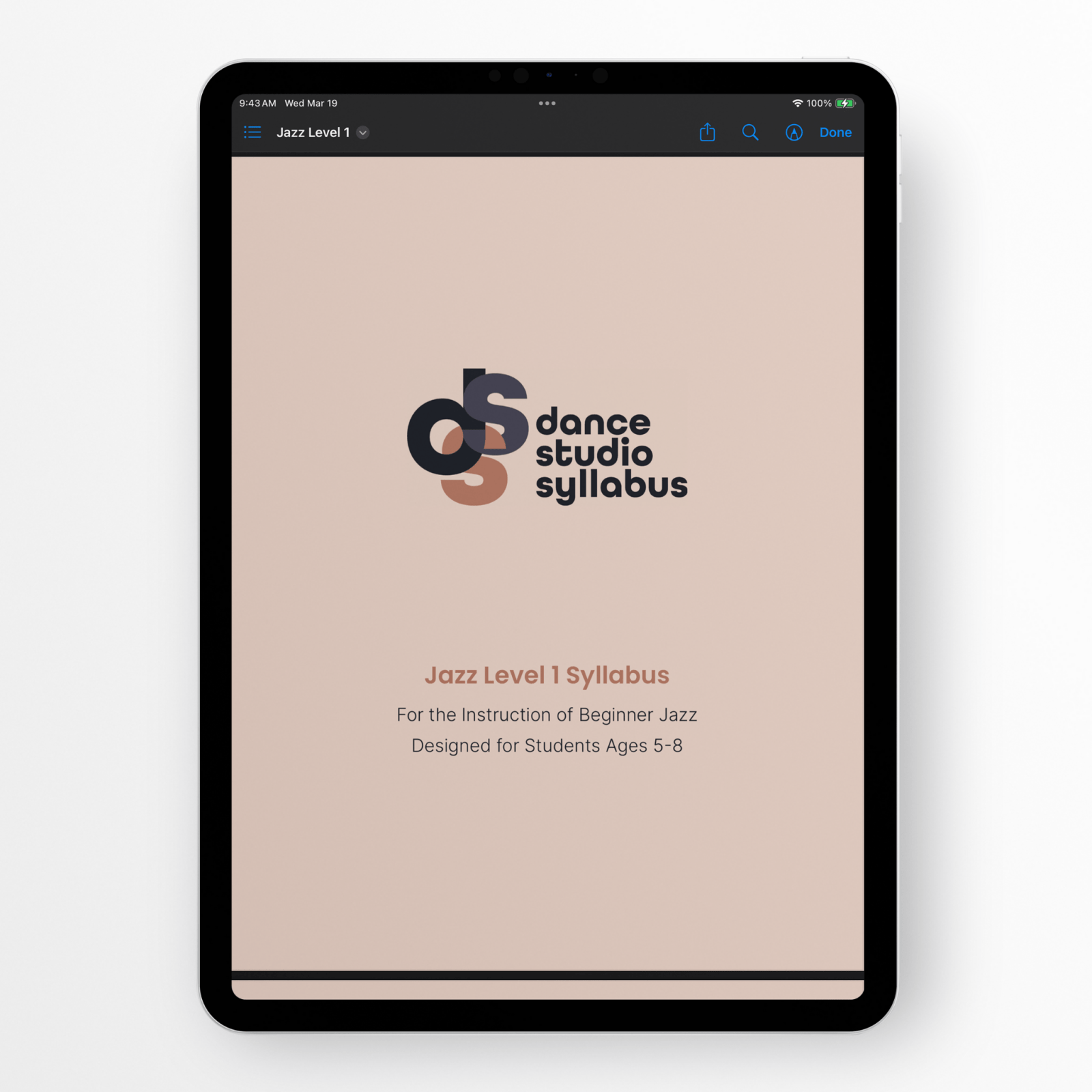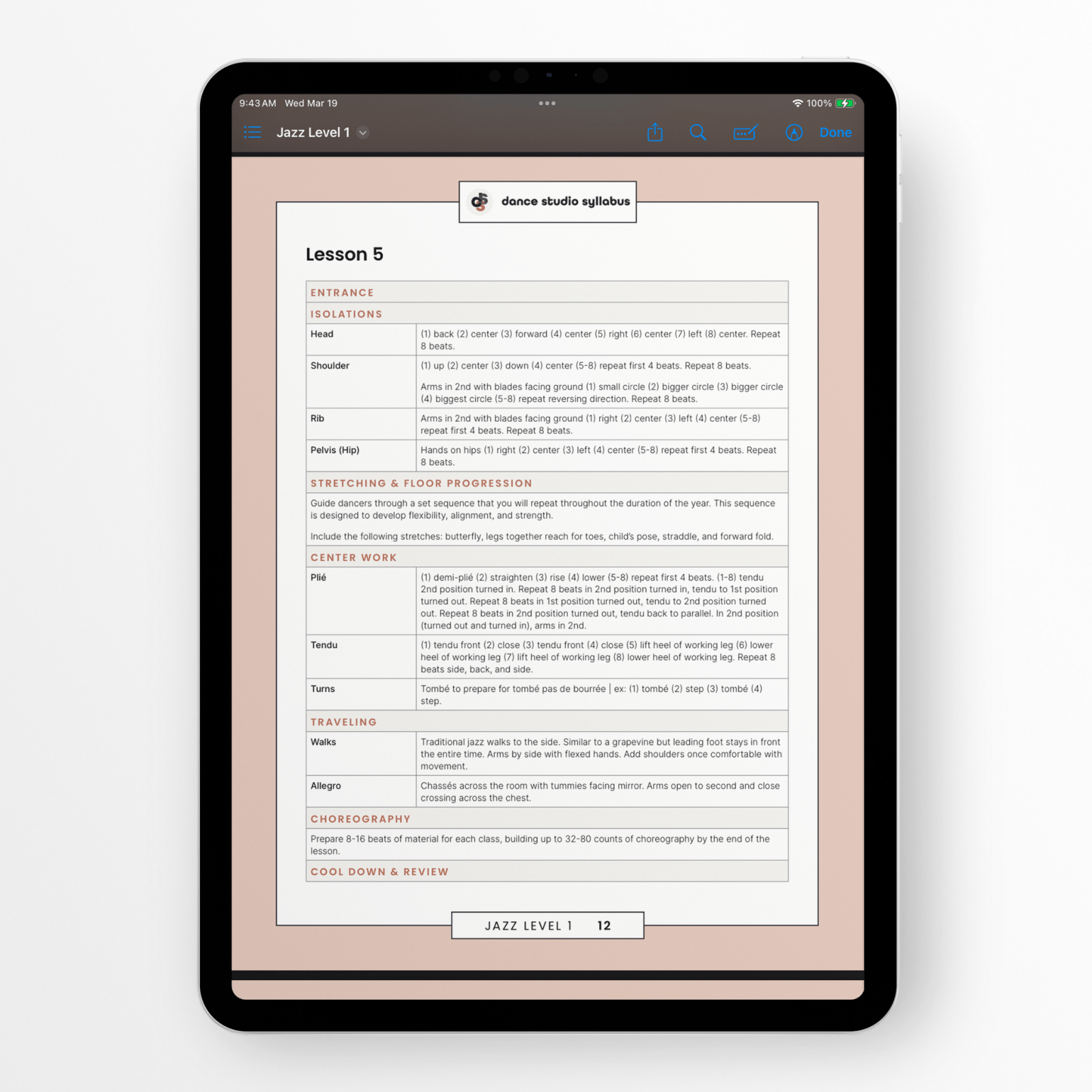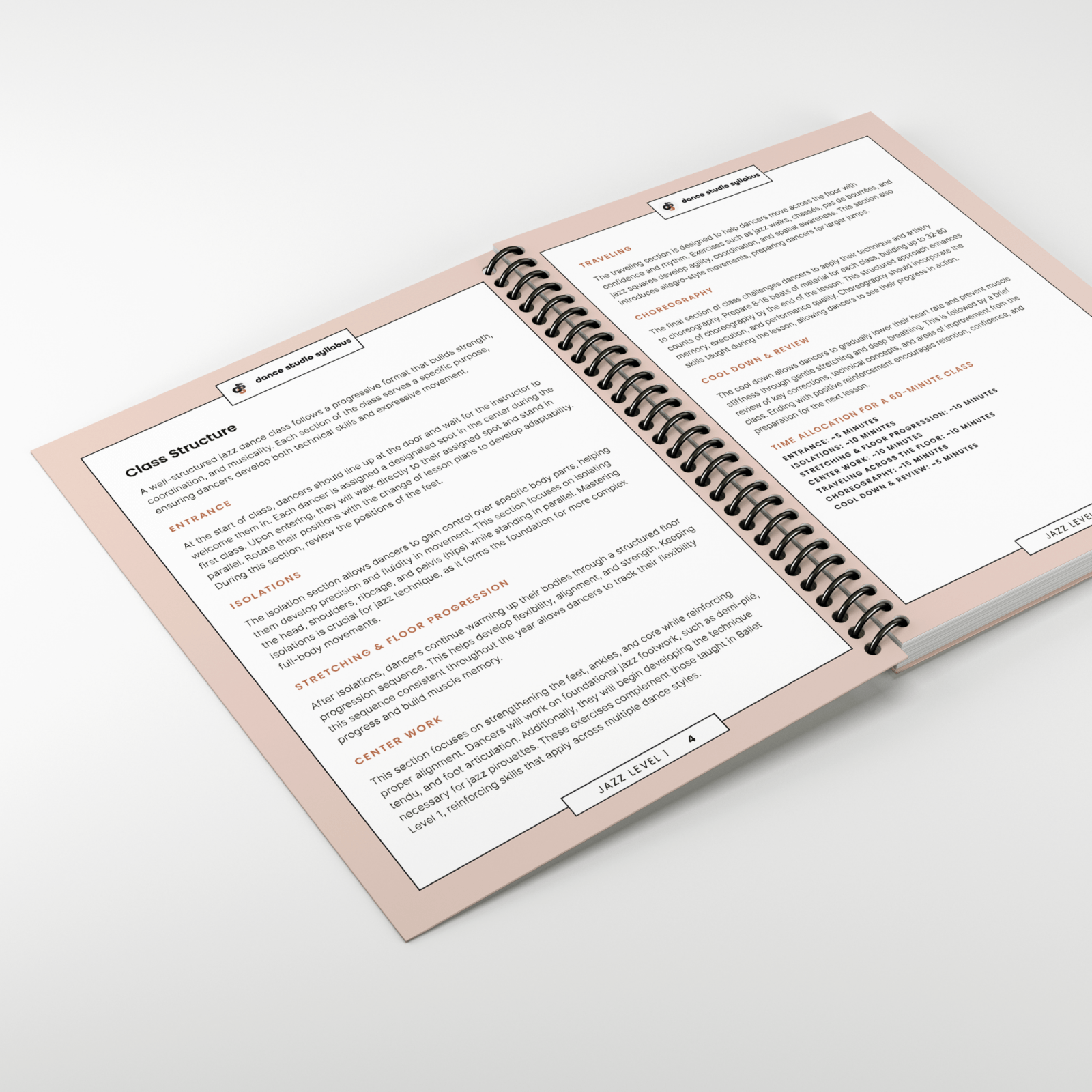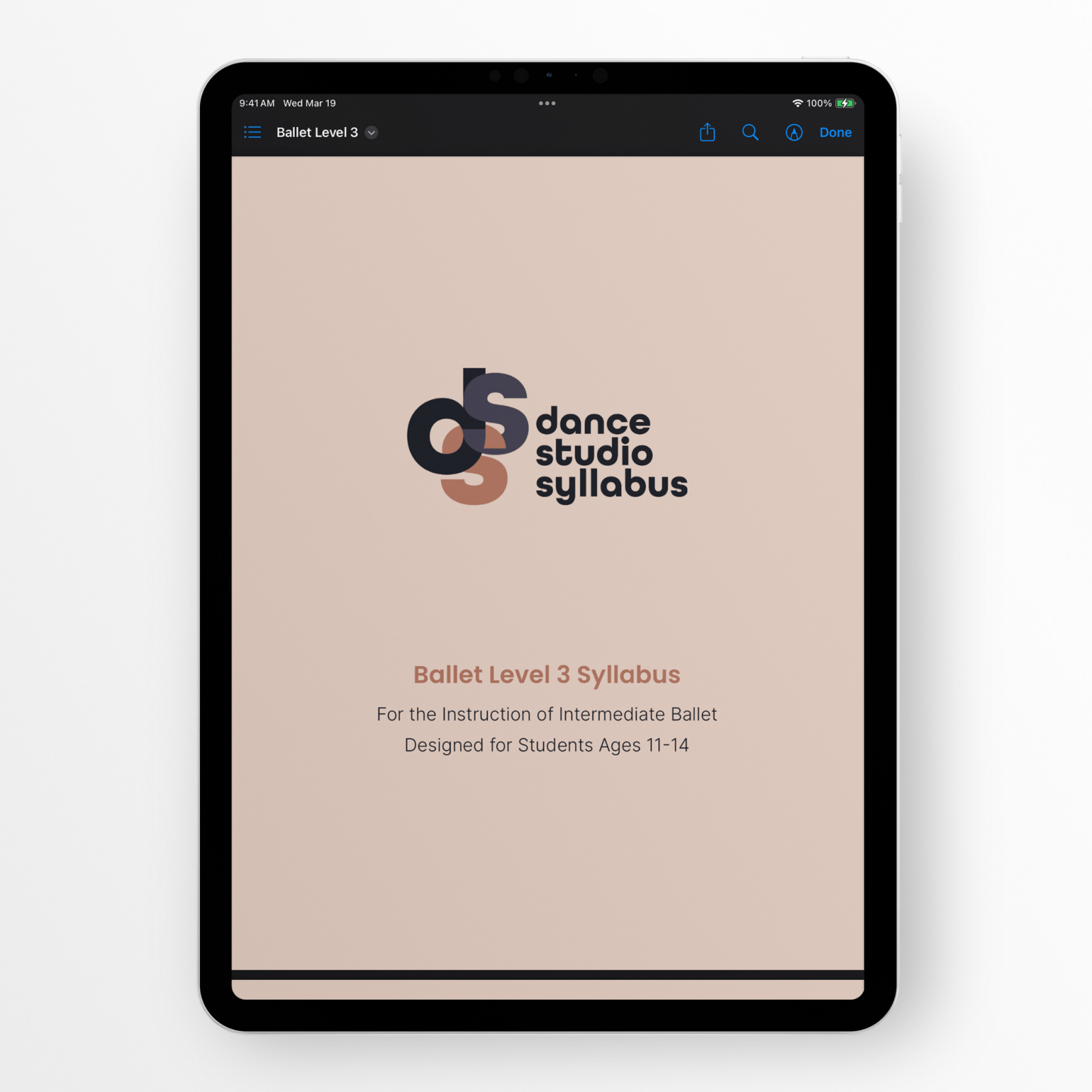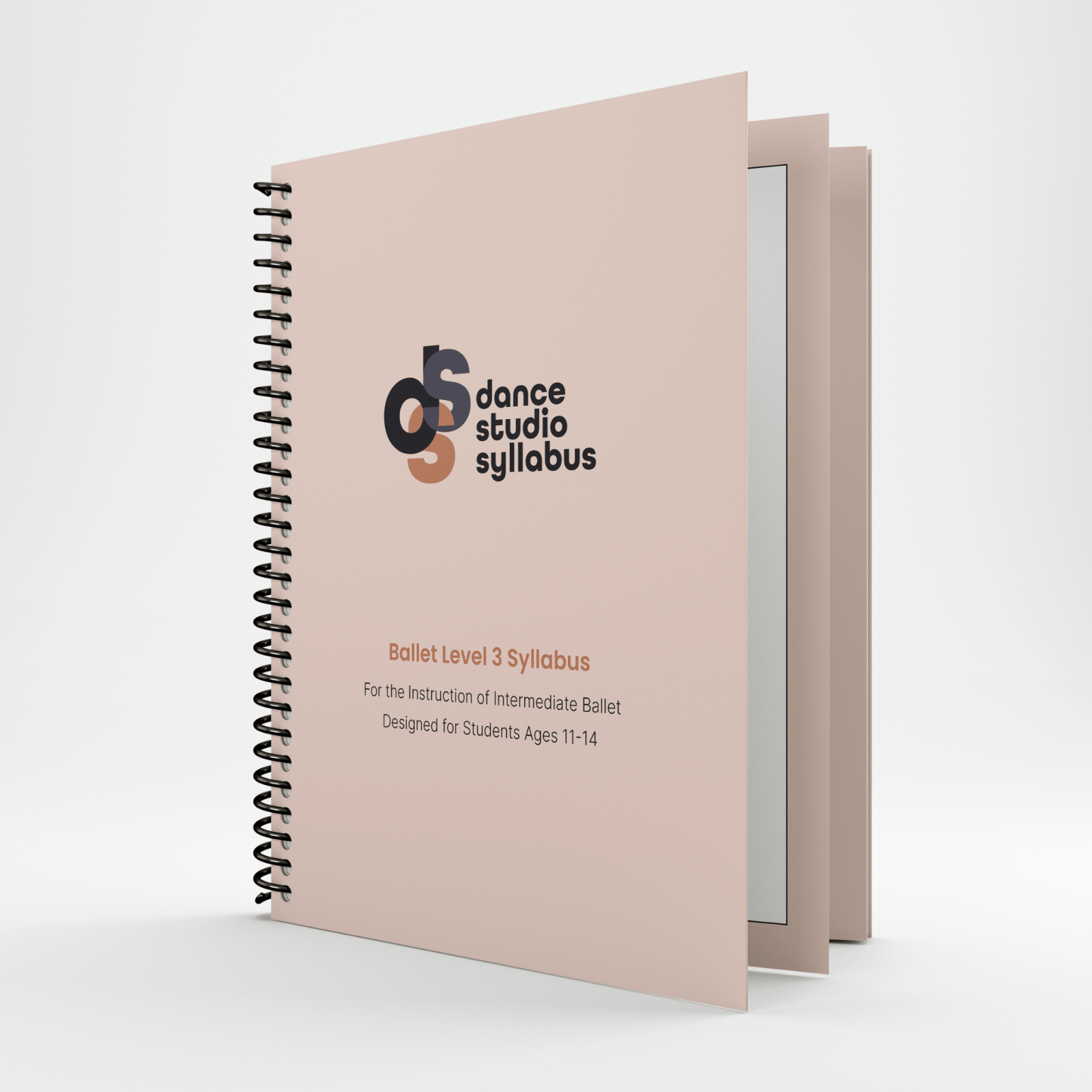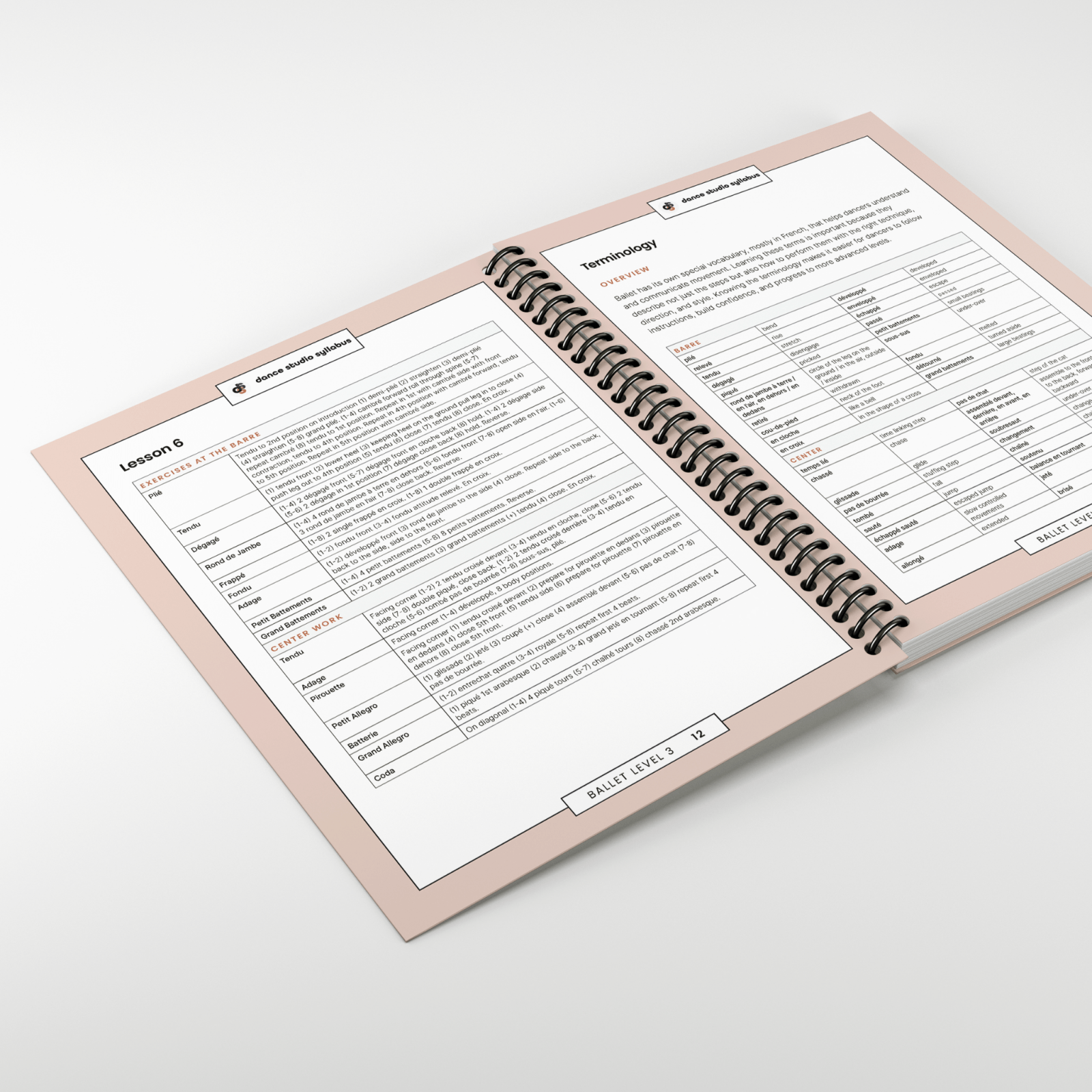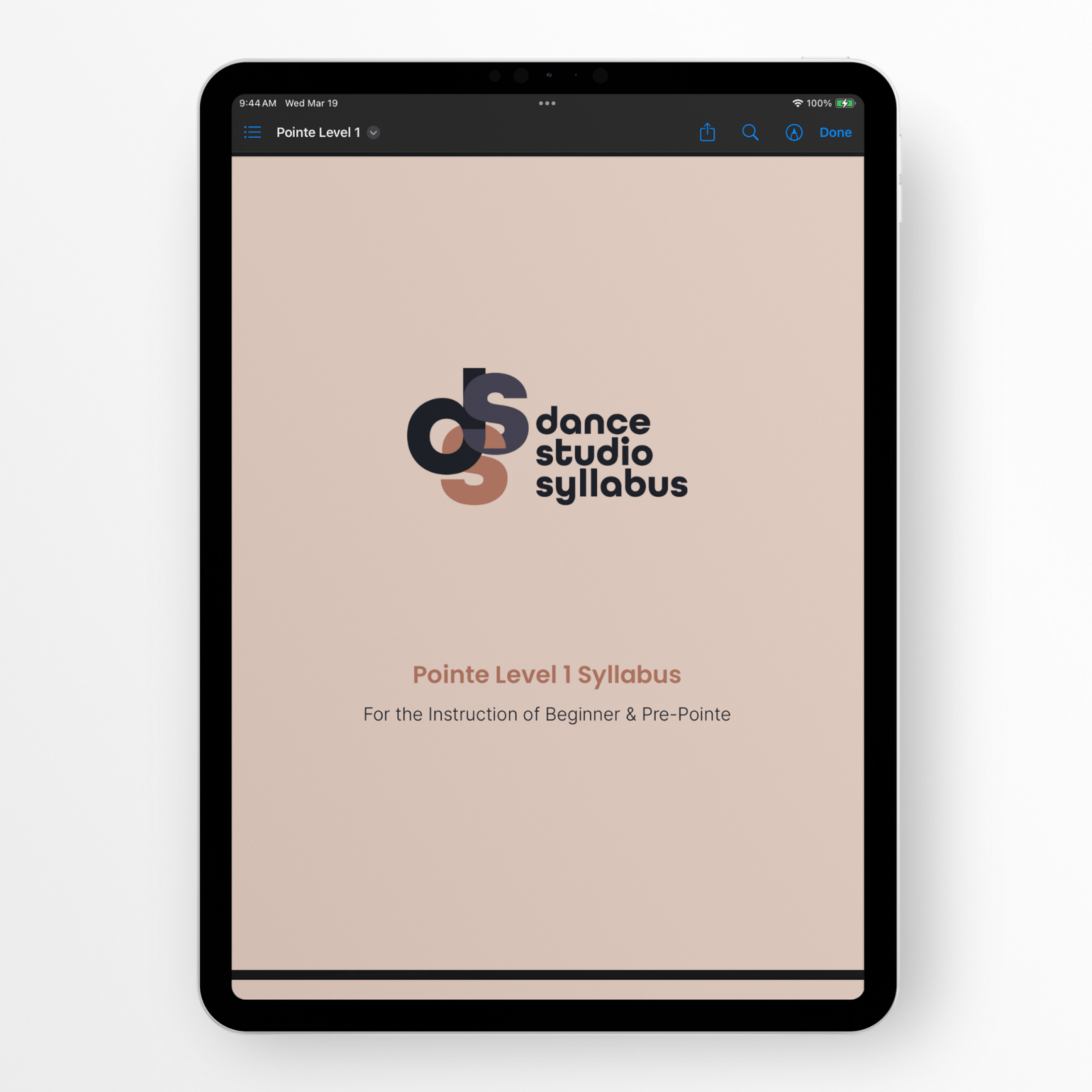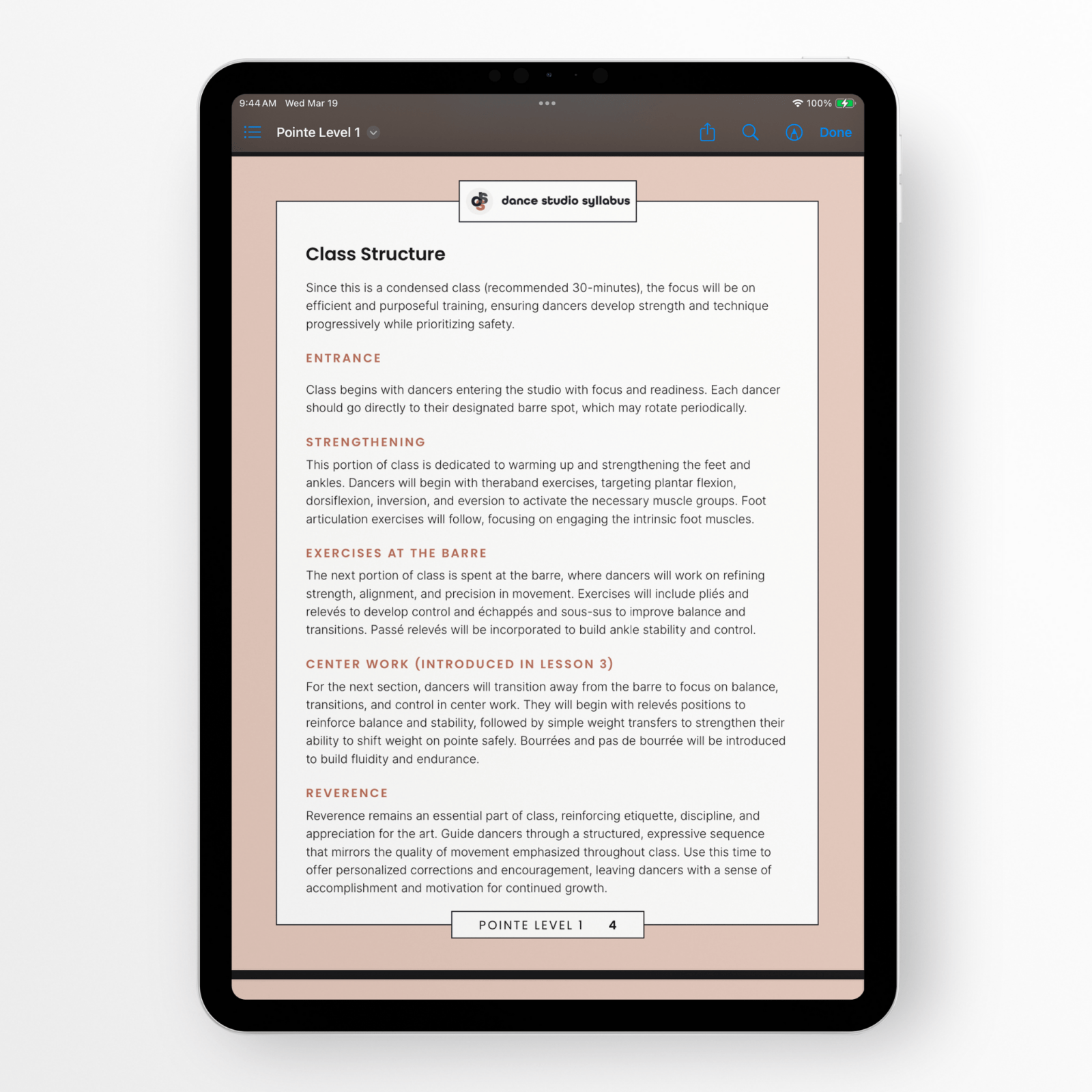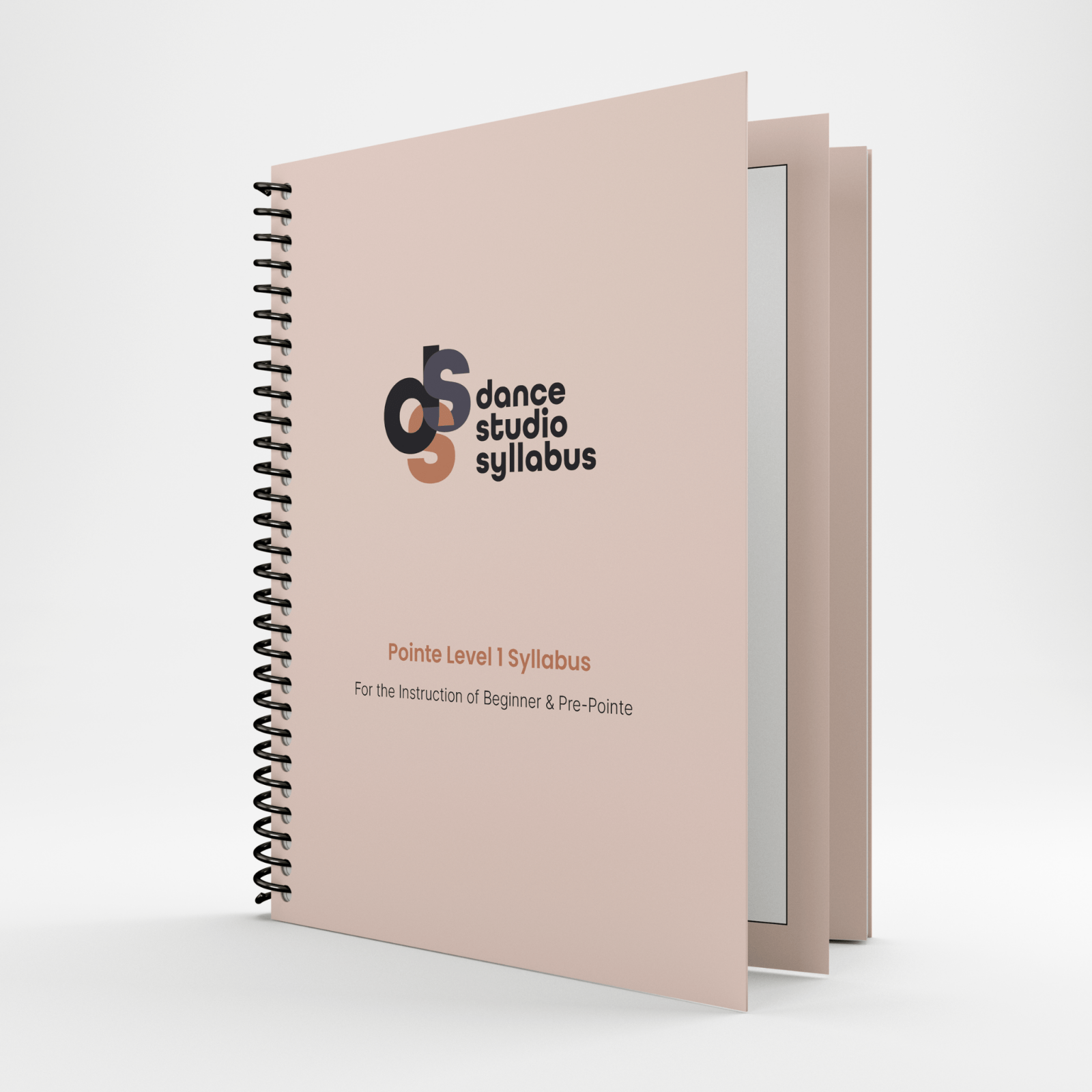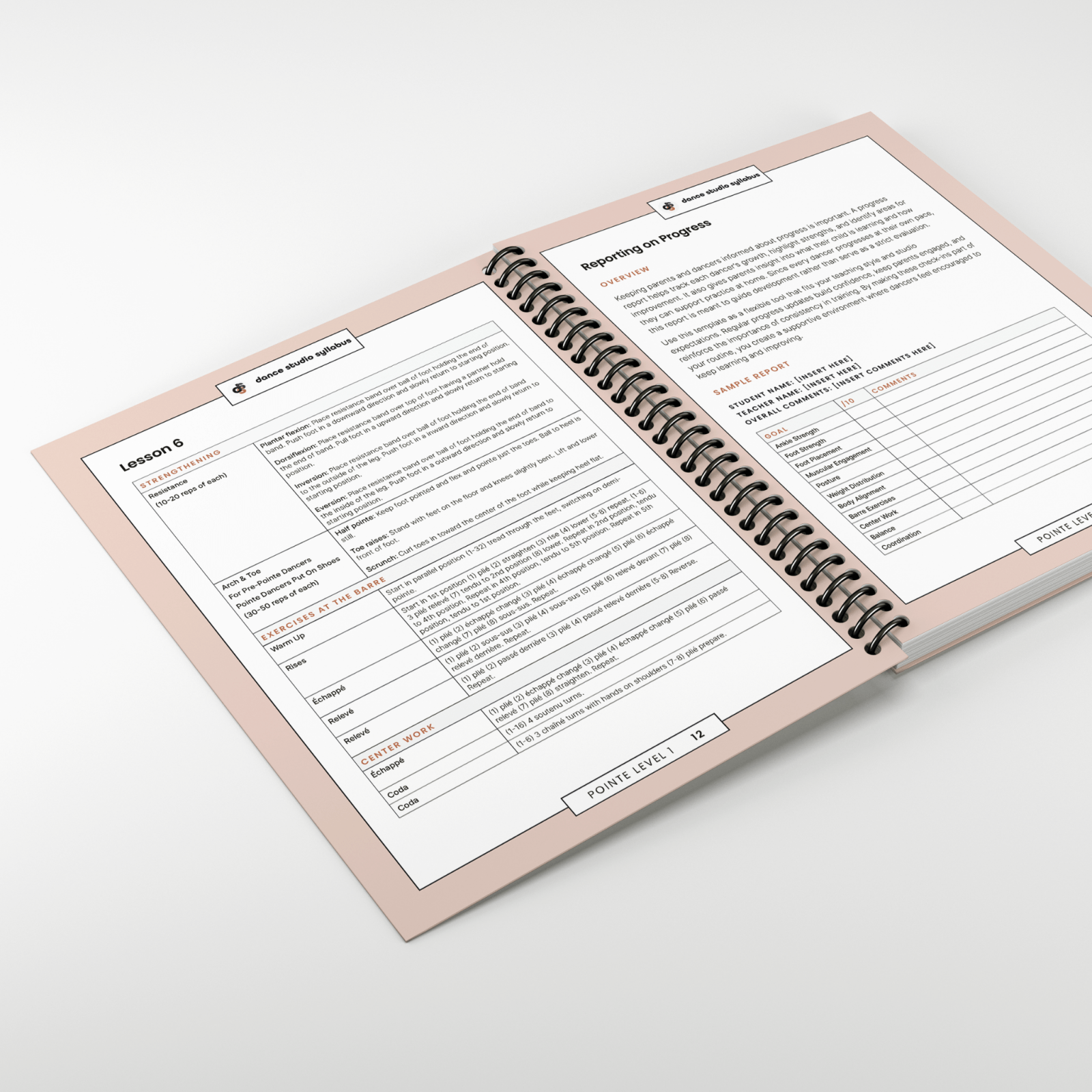Understanding Turned Out vs. Parallel Positions Across Styles
The positions of the feet are the foundation of nearly every step in ballet and jazz. Whether a dancer is working en pointe or executing sharp isolations, their success depends on precise, consistent placement of the feet—and knowledge of how that placement varies by style.
This post explores the history, structure, and functional use of ballet and jazz foot positions, helping dancers and educators build strong technique from the ground up. You’ll also find tips on common mistakes, alignment corrections, and a free downloadable diagram that breaks down every position visually.
A Brief History of Ballet Foot Positions
The five classical ballet positions, first through fifth, were first codified in the 1600s by Pierre Beauchamp, the court choreographer of King Louis XIV. Seeking to formalize and refine dance technique, they established these positions as the universal foundation of ballet vocabulary.
To this day, these five positions form the basis of every step in ballet. Most modern styles, including jazz, lyrical, and musical theatre, are built upon or adapted from them.
What Are the 5 Basic Ballet Foot Positions?
All ballet positions begin with turnout, an external rotation of the legs from the hips. The amount of turnout depends on individual anatomy, flexibility, and training.
| Position | Description | Common Mistakes & Fixes |
|---|---|---|
| First | Heels together, toes turned out to form a “V” shape. |
Forcing turnout with feet instead of rotating from hips. Fix: Engage glutes and inner thighs. |
| Second | Feet shoulder-width apart, still turned out. |
Feet too wide or arches collapsing. Fix: Keep feet under hips, lift arches. |
| Third | Heel of front foot touches middle of back foot’s arch. Often taught in early levels as a stepping stone toward fifth position. |
Can cause knee strain if turnout is forced. Fix: Emphasize proper alignment and moderate rotation. |
| Fourth | One foot in front, one behind, about a foot-length apart, both turned out. |
Back heel often lifts. Fix: Keep weight centered and heels grounded. |
| Fifth | Front foot’s heel touches the back foot’s toe, fully crossed. |
Improper crossing or uneven weight distribution. Fix: Engage turnout muscles and lengthen legs. |
Note: Turnout comes from the hips, not the knees or ankles. Forcing turnout can cause long-term injury.
Are There More Than Five Ballet Positions?
Surprisingly, yes! While the five positions are most commonly used, some techniques include:
-
Sixth Position: Feet together, toes pointing forward—also called parallel first. Seen in contemporary and character work.
-
Seventh Position: Rarely used today, this variation includes a crossed foot placement similar to fifth, but offset. Codified by Serge Lifar in the 1930s.
Jazz Foot Positions: Turned In and Turned Out
Jazz draws on ballet structure but allows for more grounded, stylized, and rhythm-driven movement. In jazz, we use first, second, fourth, and fifth positions, either turned out or turned in (parallel) depending on the style.
Parallel (Turned In) Jazz Positions
| Position | Description |
|---|---|
| First Turned In | Feet together, toes forward. Also called sixth position. |
| Second Turned In | Feet shoulder-width or wider, toes forward. Common in grounded pliés. |
| Fourth Turned In | One foot forward, both feet pointing straight ahead. Used for directional changes. |
| Fifth Turned In | One foot crossed in front, both feet parallel. Useful in stylized transitions. |
Turned Out Jazz Positions
| Position | Description |
|---|---|
| First Turned Out | Heels together, toes slightly turned out. Less extreme than ballet. |
| Second Turned Out | Feet wide with a relaxed turnout. Used for isolations or lyrical phrases. |
| Fourth Turned Out | One foot in front of the other, both turned out. |
| Fifth Turned Out | Crossed foot placement, mildly turned out. Seen in theatrical jazz. |
Ballet vs. Jazz Foot Positions: Comparison Table
| Aspect | Ballet | Jazz |
|---|---|---|
| Turnout | Required; originates from hips | Optional; turned out or parallel based on style |
| Positions Used | 5 classical positions + 6th & 7th (rare) | 4 main positions used in both turned out & turned in variations |
| Stylistic Intent | Verticality, lift, symmetry | Grounded, rhythmic, stylized movement |
| Rotation Emphasis | External rotation from hips | Functional rotation (external or internal) for style and speed |
| Progression | Structured and codified | Adaptable and fused with modern techniques |
Common Mistakes & How to Fix Them
In Both Styles:
❌ Forcing Turnout
✅ Focus on rotating from the hips, not twisting from the feet.
❌ Collapsed Arches
✅ Lift through the midfoot and engage the inner thighs.
❌ Knees Misaligned Over Toes
✅ Always track knees in the same direction as toes to avoid joint strain.
❌ Weight Too Far Back or Forward
✅ Distribute weight evenly across all five metatarsals and keep heels grounded.
Download the Free Fundamental Foot Positions Diagram
Bring this technique to life in your studio with a visual guide!
- Includes 5 turned out ballet positions
- Includes 4 turned in jazz positions
FAQ: Quick Answers for Curious Dancers
Q: What is the purpose of third position in ballet?
A: It’s a transitional position historically used in training. It's a building block for fifth position.
Q: How can I improve my turnout?
A: Focus on core strength, glute engagement, and safe hip rotation. Never force from the knees or feet.
Q: Is parallel the same as sixth position?
A: Yes, in many techniques sixth position refers to feet together and parallel—common in jazz and modern dance.
Q: Can jazz dancers use fifth position?
A: Absolutely. Both turned in and turned out fifth positions are used in stylized jazz choreography.
Q: Should beginners learn both ballet and jazz positions?
A: Yes! Learning both builds versatile technique, body awareness, and adaptability across dance genres.
Keep Learning
Looking to build stronger technique and consistency in your classroom? Our Ballet and Jazz Syllabi go beyond positions to include:
- Age-appropriate progressions for each level
- Alignment and terminology guides
- Pre-planned lesson structures with built-in reinforcement of foot positions and turnout concepts
- Visual teaching tools and student-facing resources
These materials are designed to help you teach with clarity and confidence, while giving your dancers the strong foundation they need to grow.
👉 Explore the Syllabi Collection
And don’t forget to grab your free downloadable diagram to display in your studio!
👉 Download the Foot Positions Diagram
